12-Vasco-Saas-Marketing Paid and Hiring pt1
12-Vasco-Saas-Marketing Paid and Hiring pt1 - Part 1
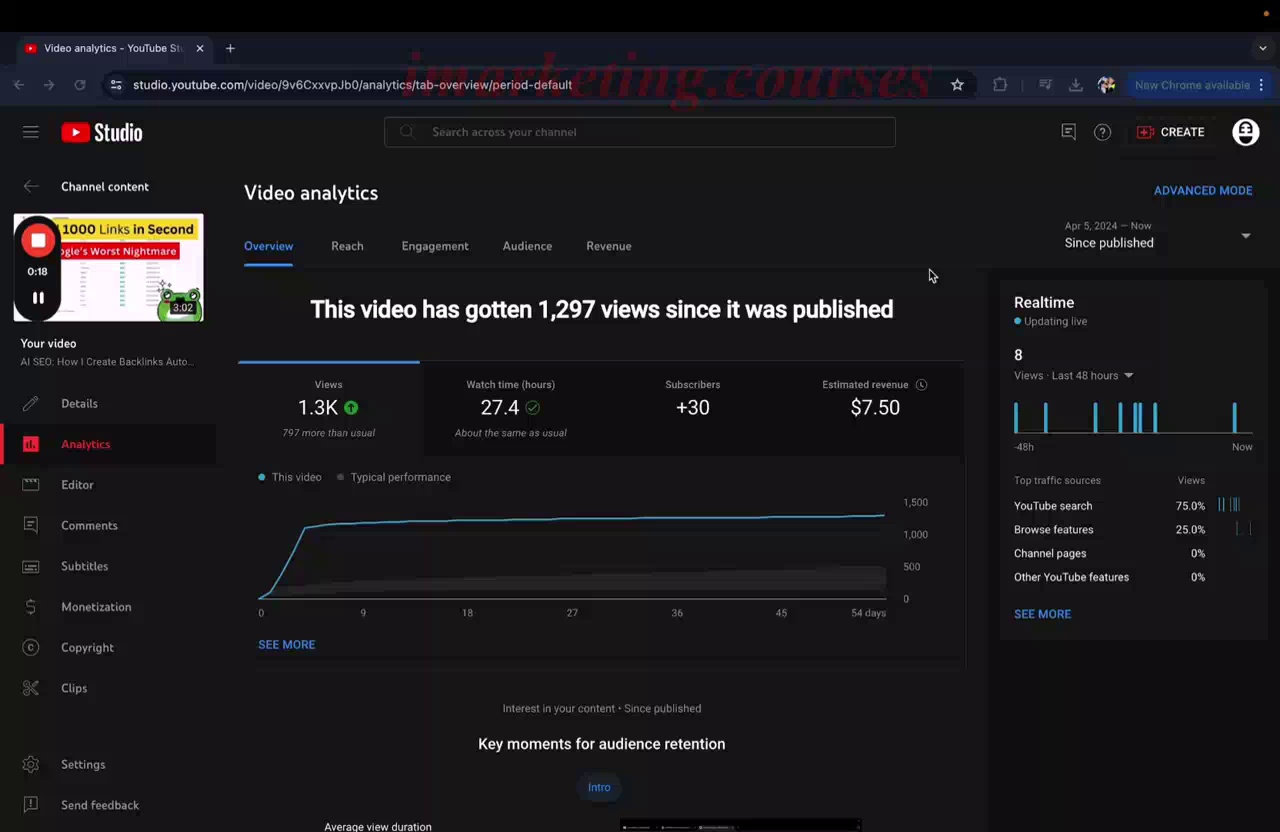
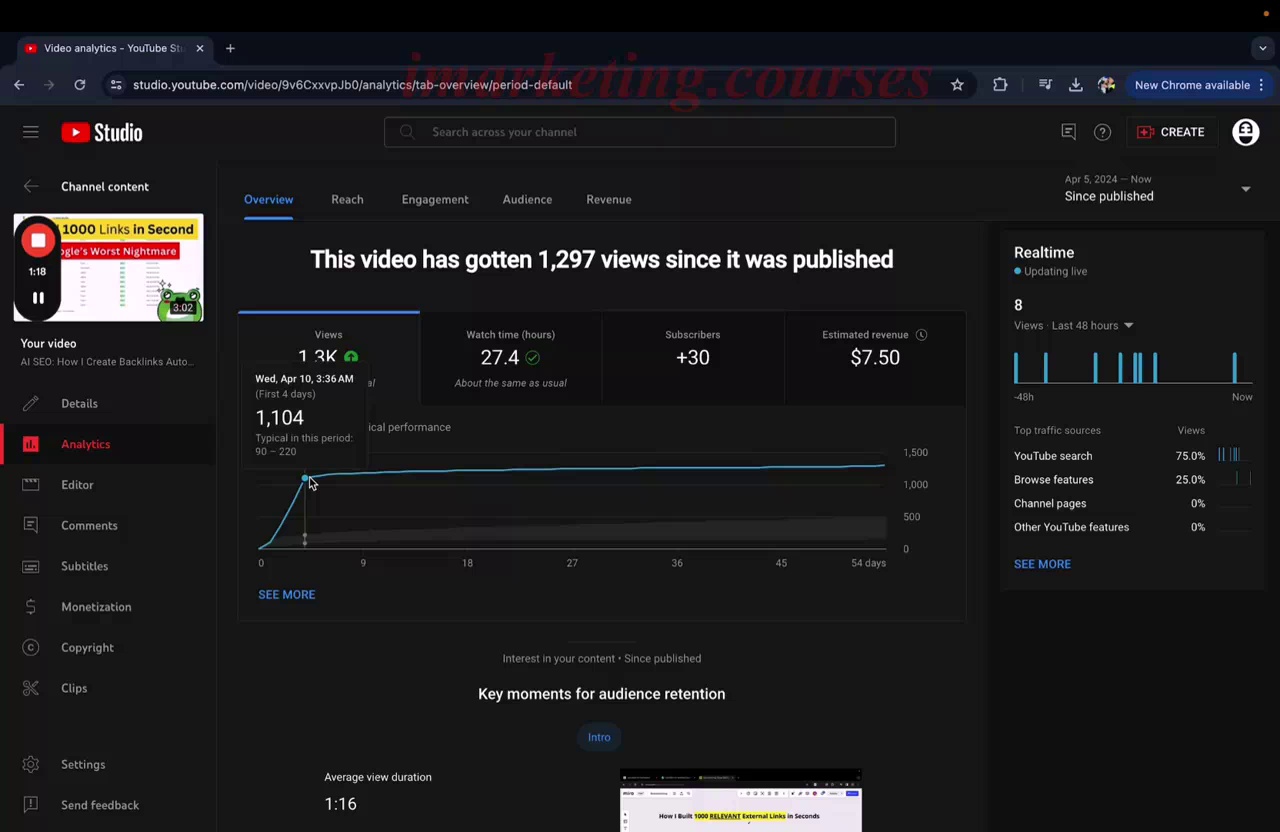
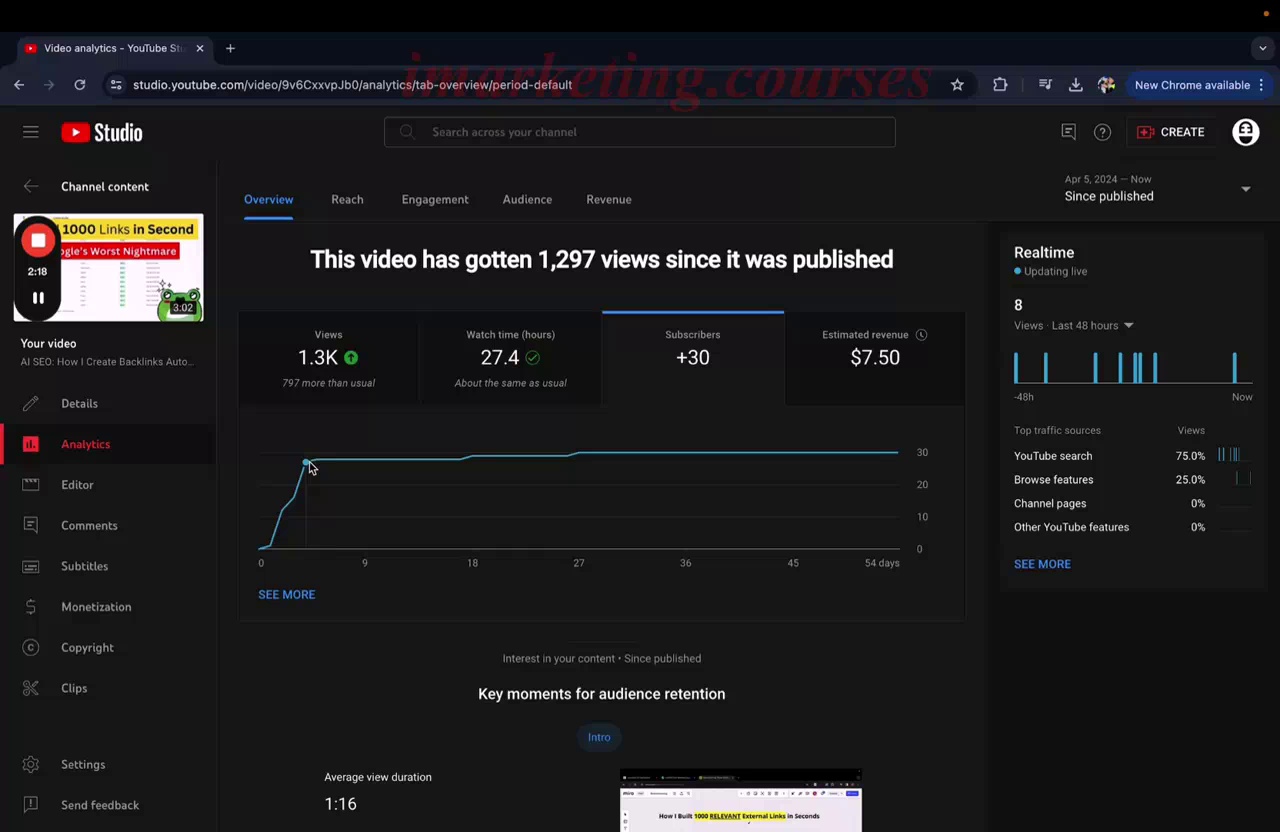
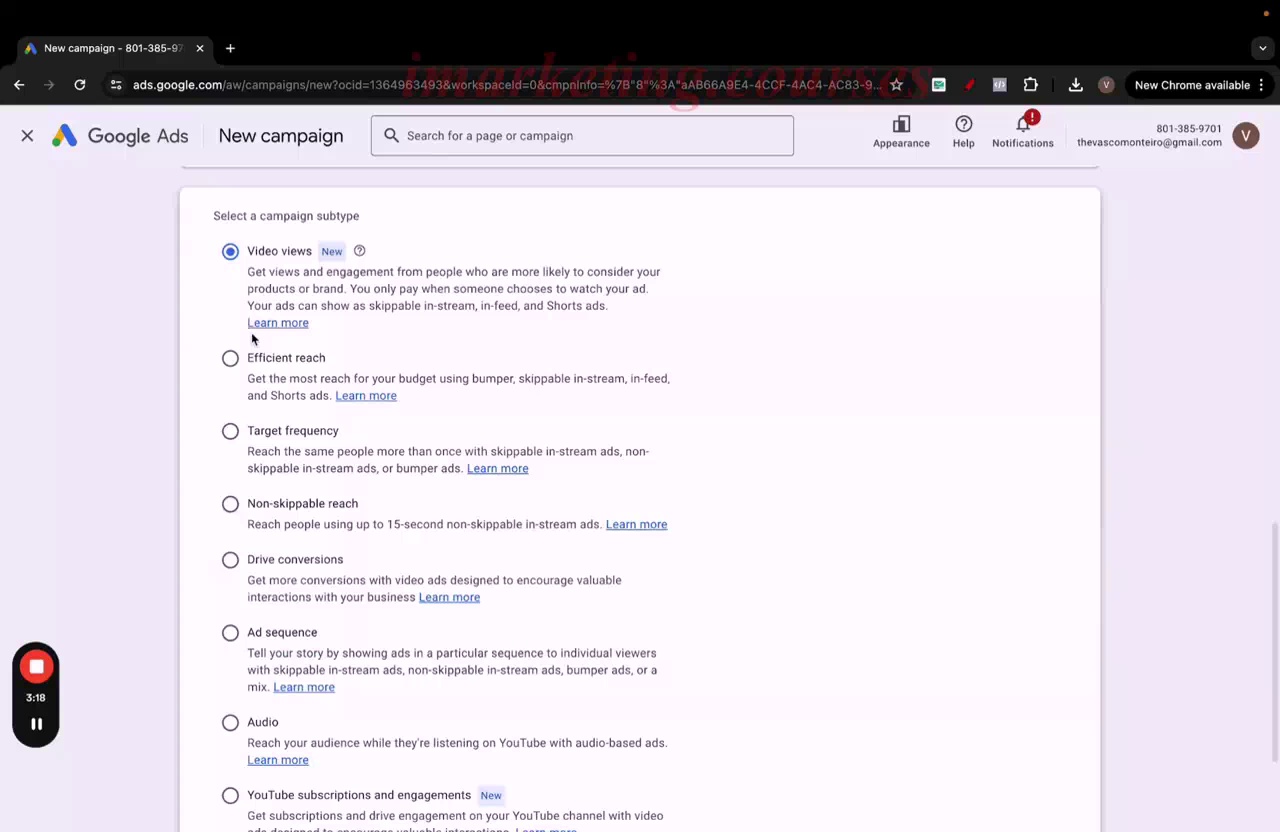
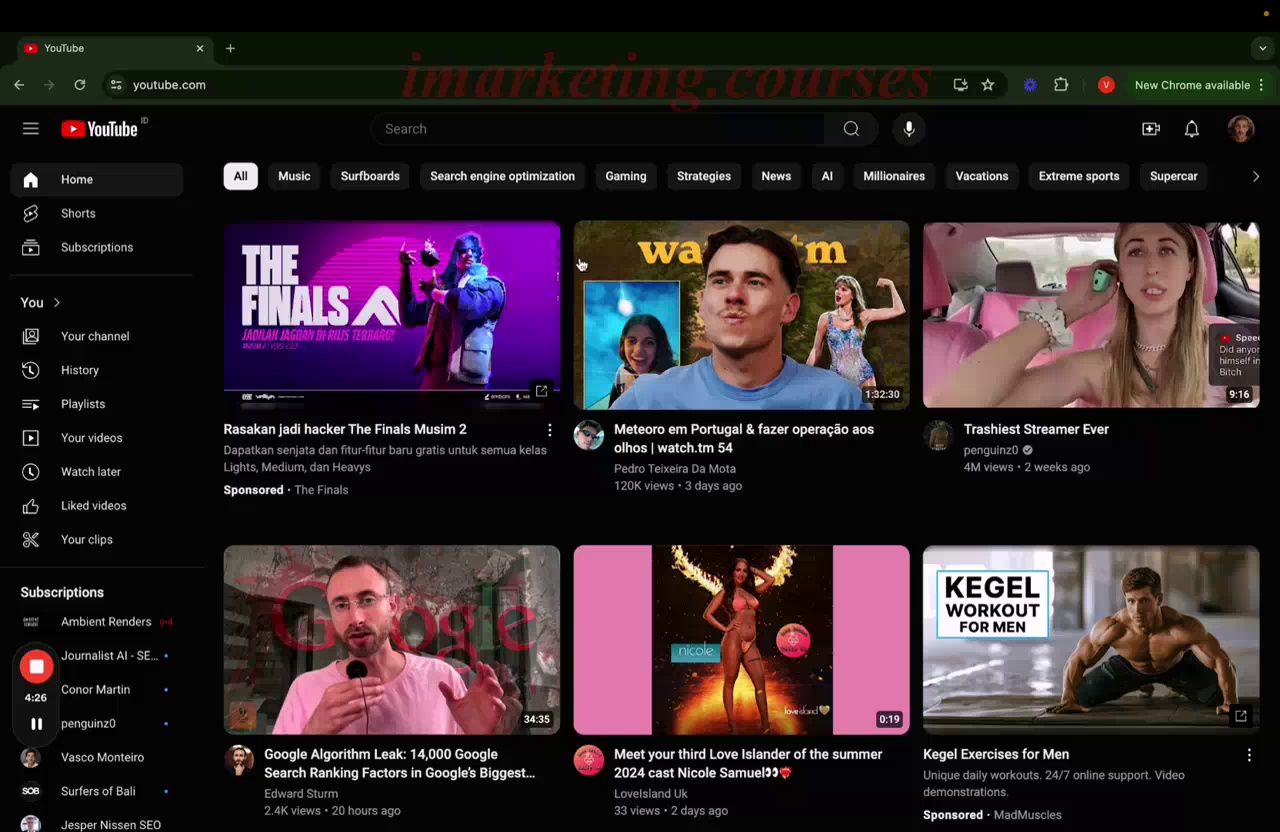
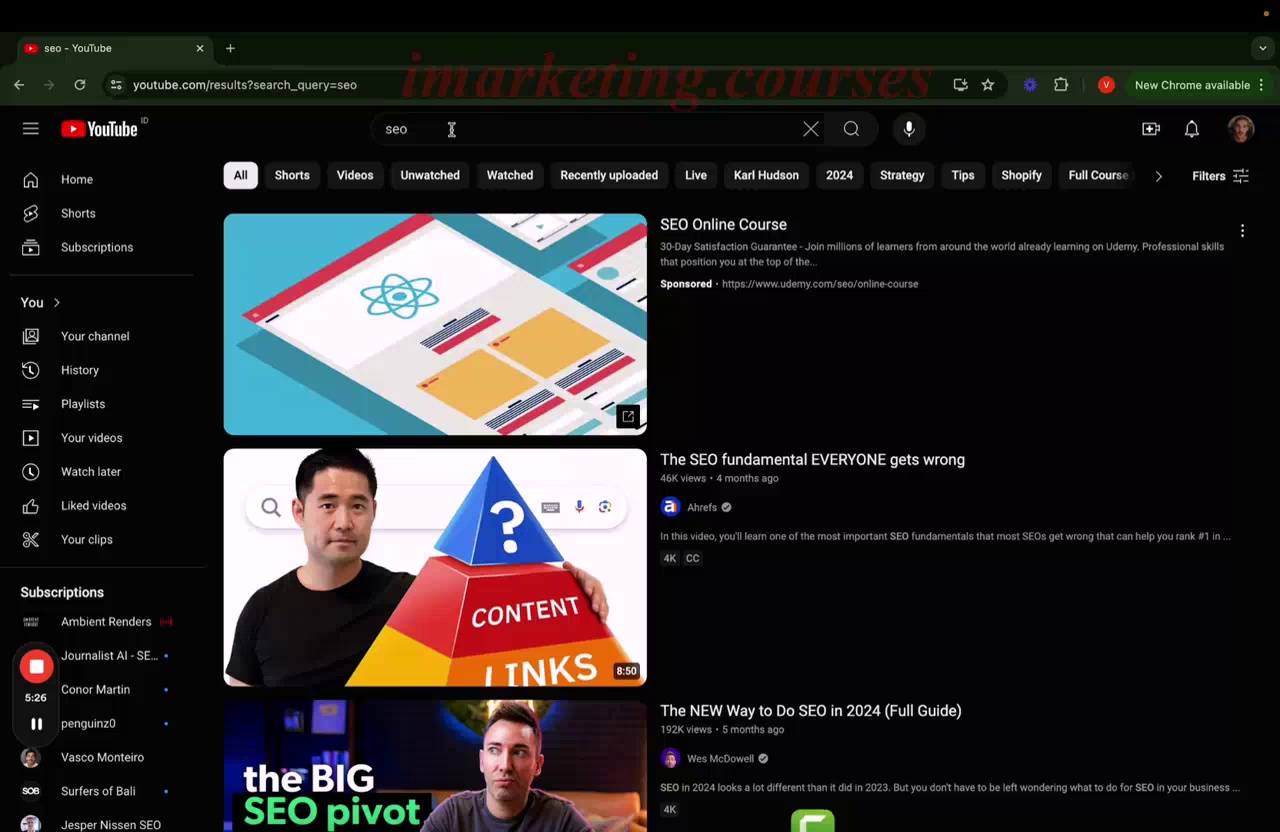
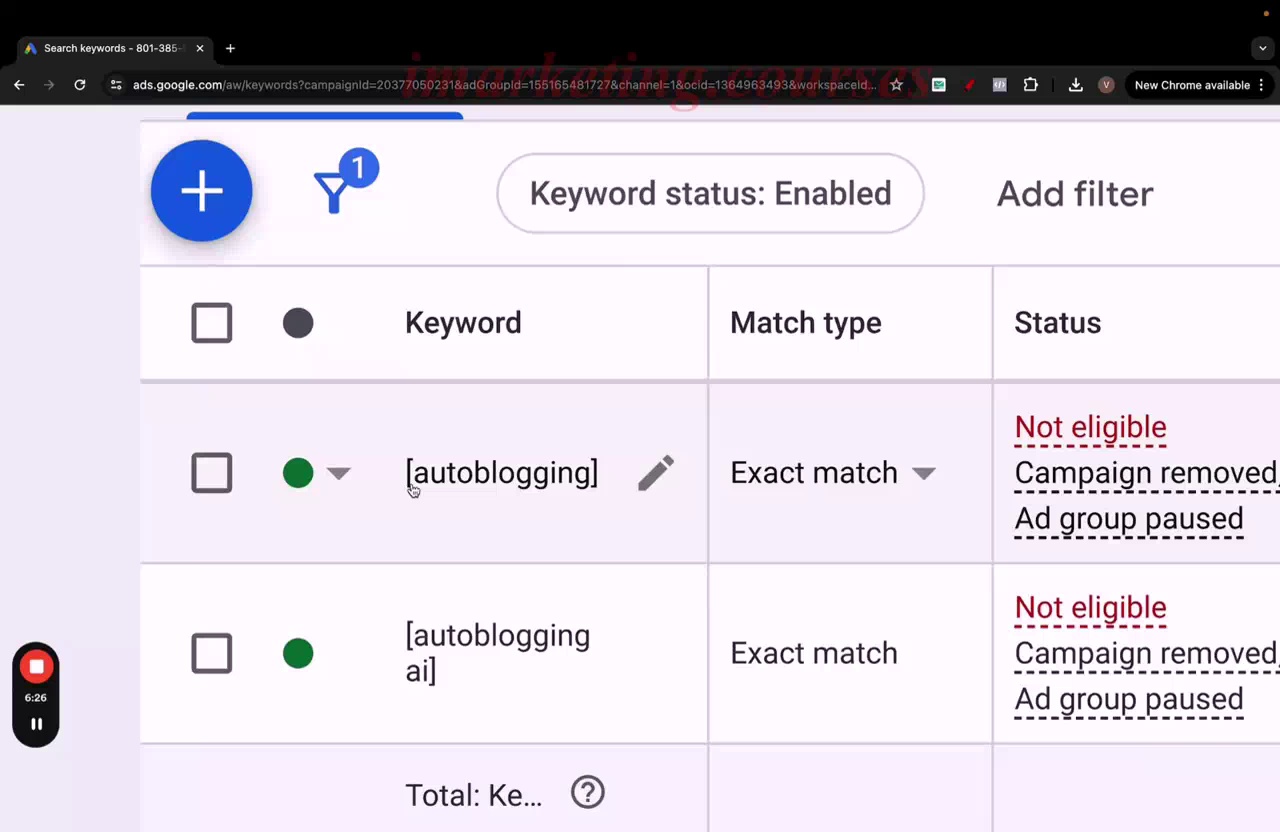
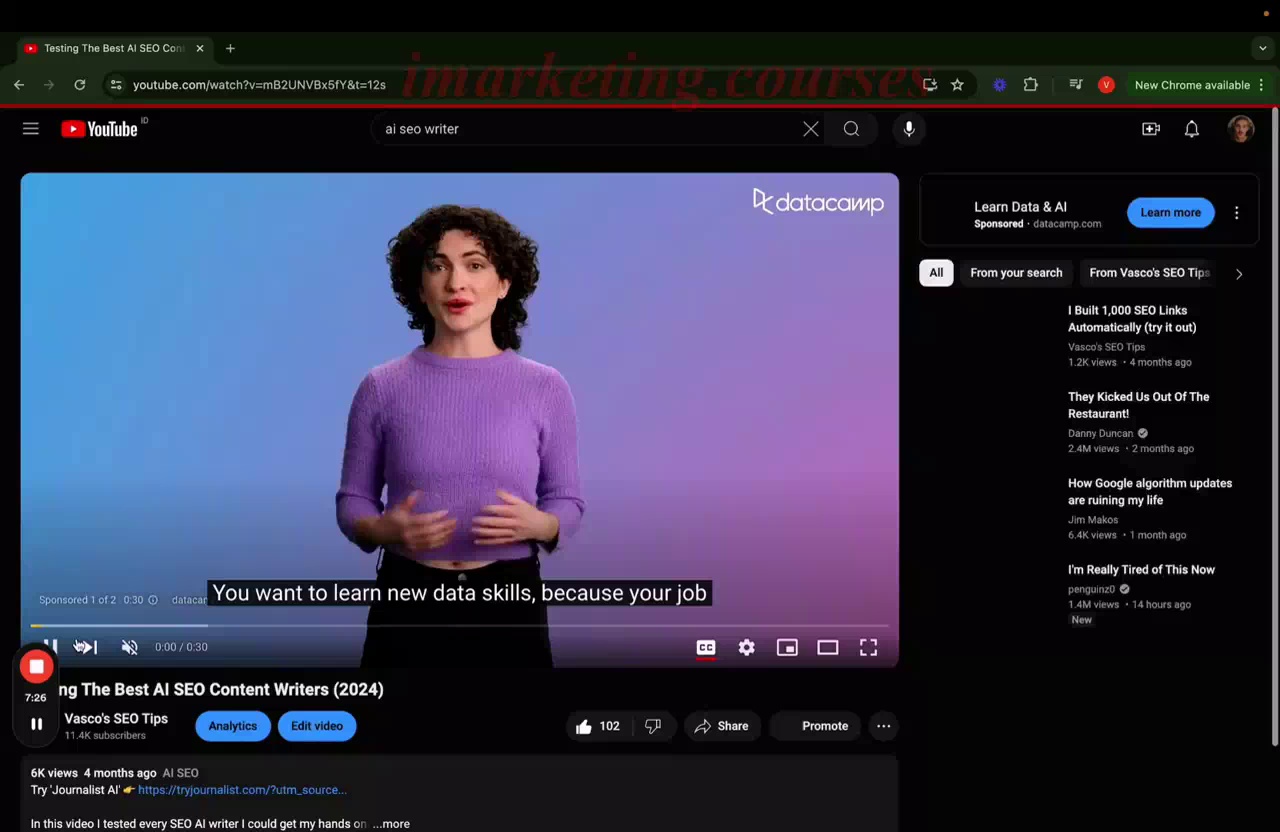
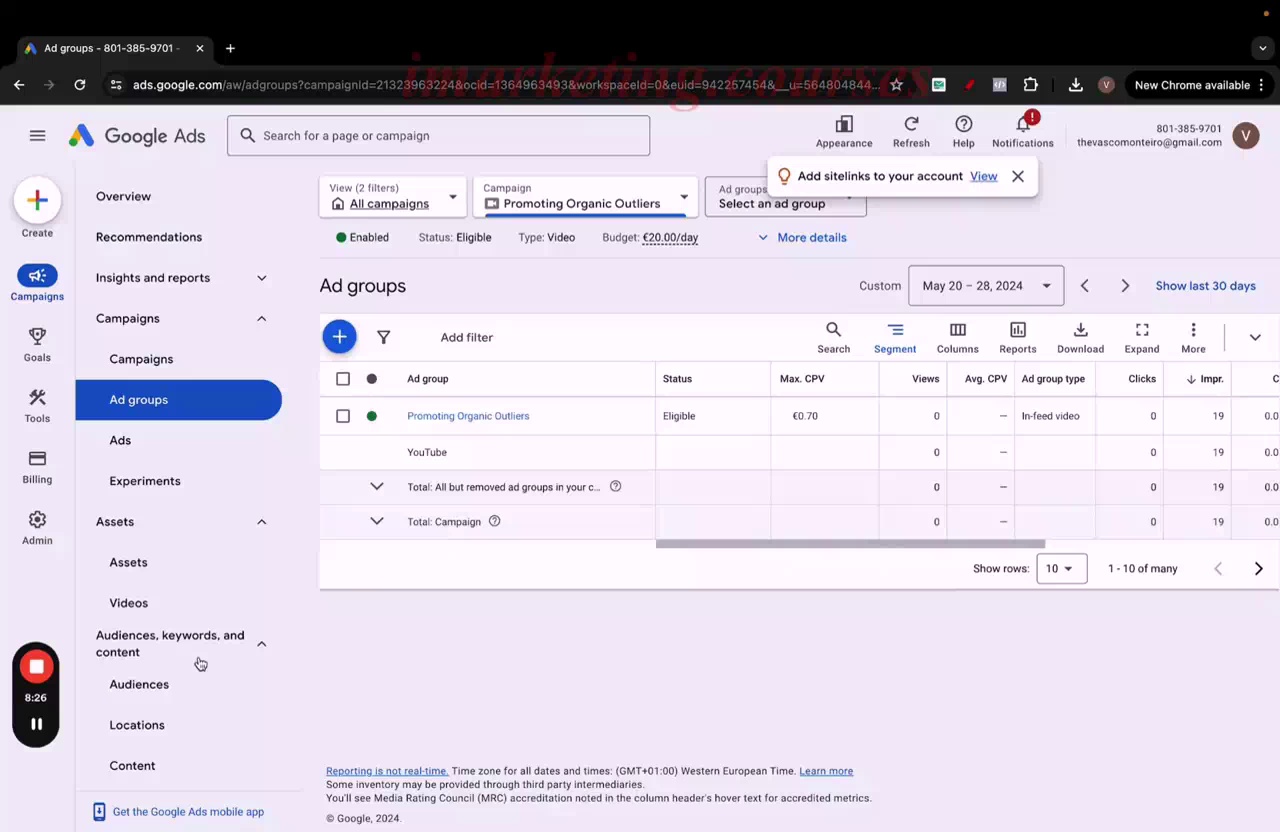

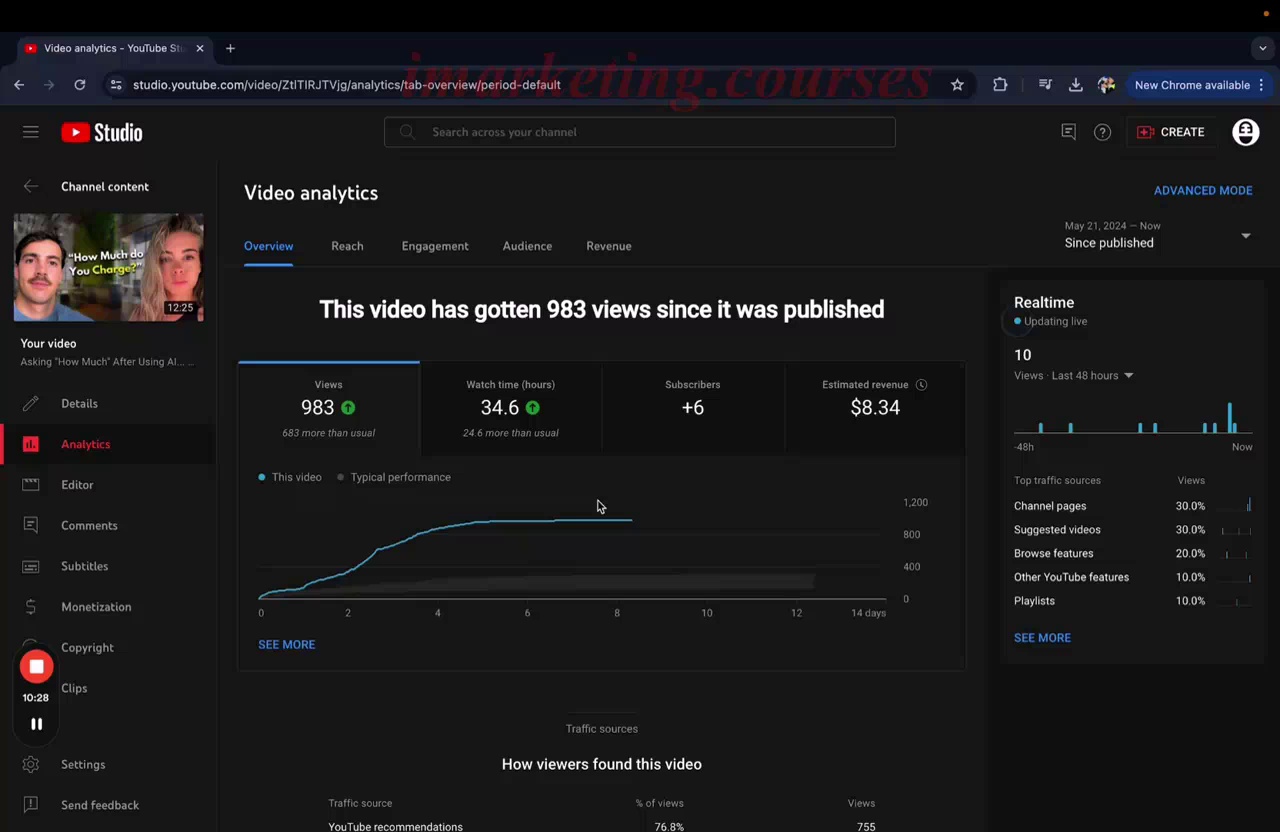
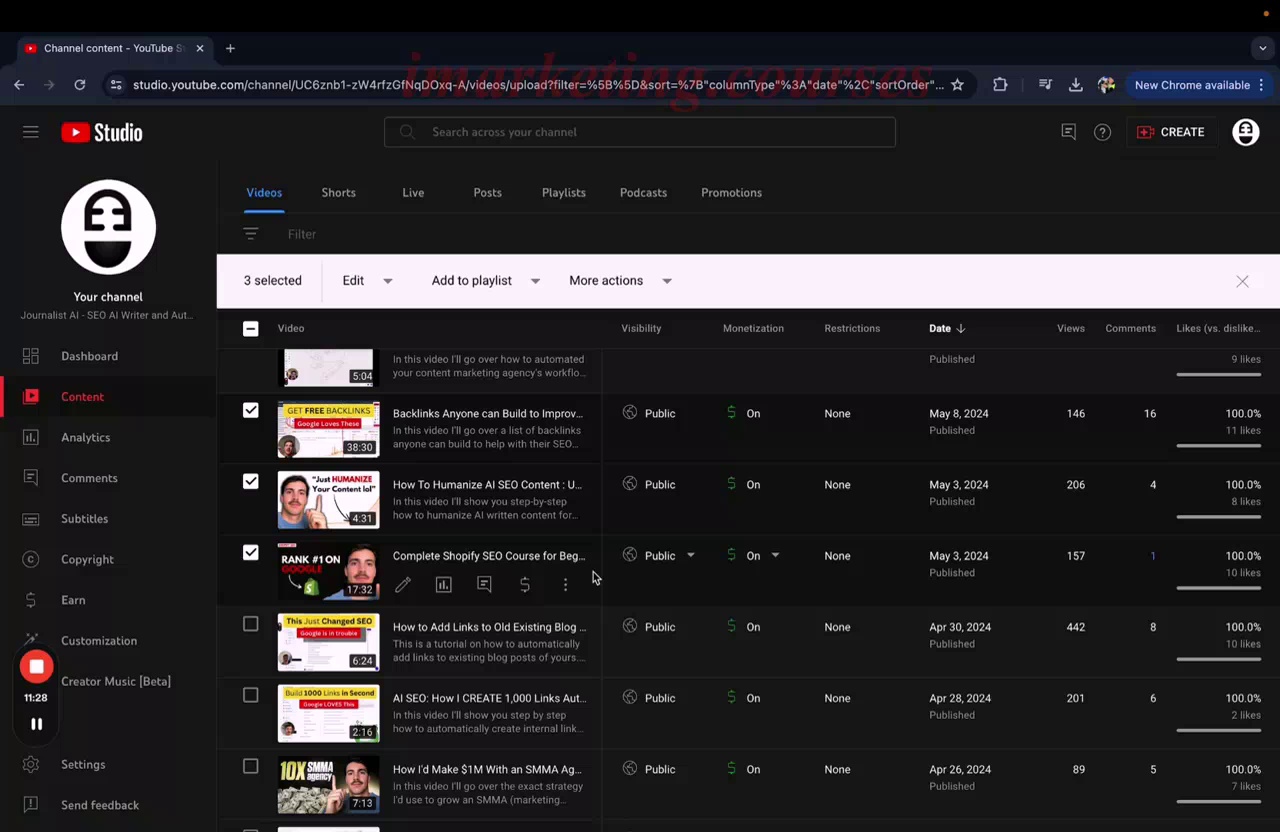
YouTube pushes videos through the algorithm if they get views, but eventually stops if views decline, causing a flatline in performance. The narrator's goal is to revive flatlined videos that previously brought clients and subscribers.
The narrator runs YouTube search ads targeting specific high-intent keywords so the video satisfies the user's search intent. He also runs YouTube in-feed ads, targeting channels where his audience may be watching. This keeps videos that brought previous results continuing to be pushed out and bring clients.
For search ads, exact match keywords in hard brackets work best. In-feed ads can target specific YouTube channels rather than broader targeting. The goal is making sure high-performing assets that took time and money to build continue to be utilized rather than go to waste when YouTube stops promoting them organically.
Another strategy is repurposing old, high-quality videos into a new, combined course-style asset. This revival of assets prevents losing the value of videos that are no longer promoted. Putting some advertising budget behind assets allows you to continue capitalizing on them rather than assuming the information is lost when promotion stops.
.12-Vasco-Saas-Marketing Paid and Hiring pt1 - Part 2












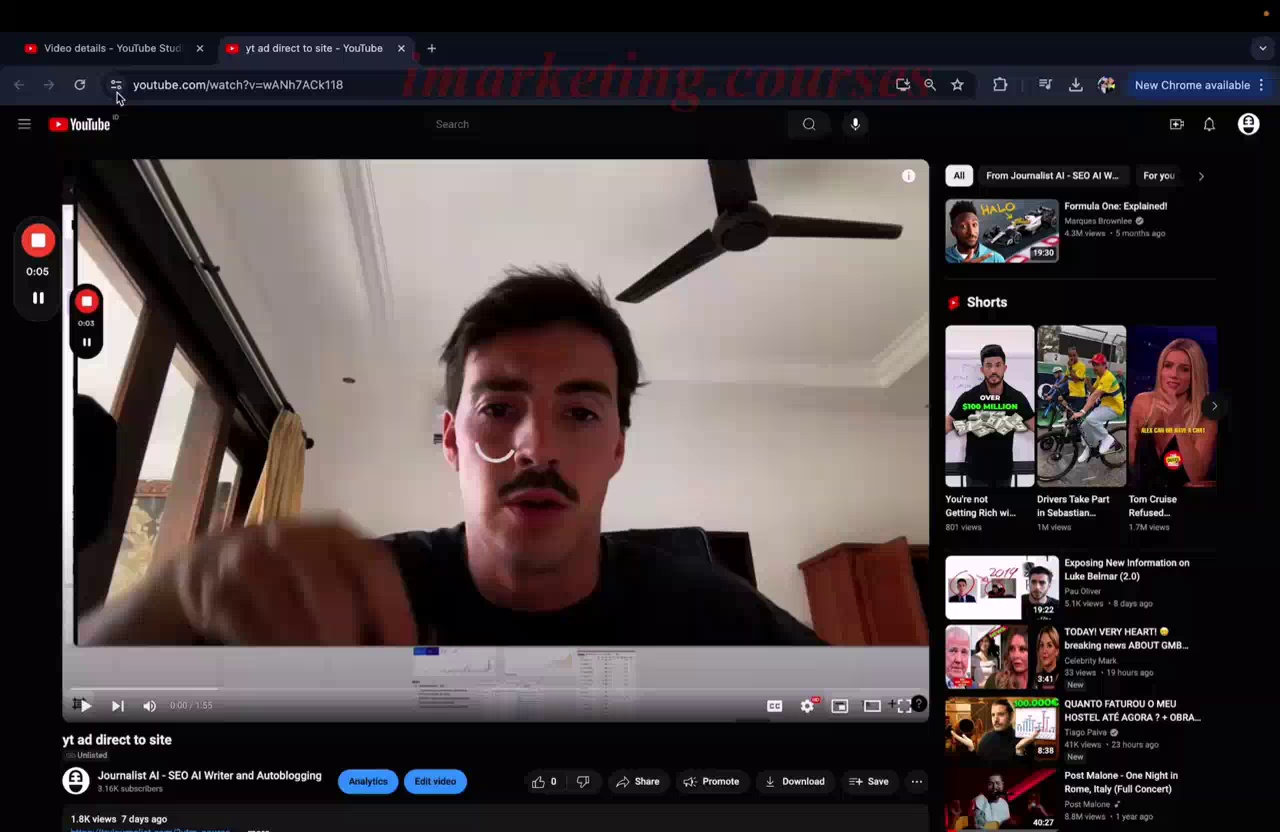
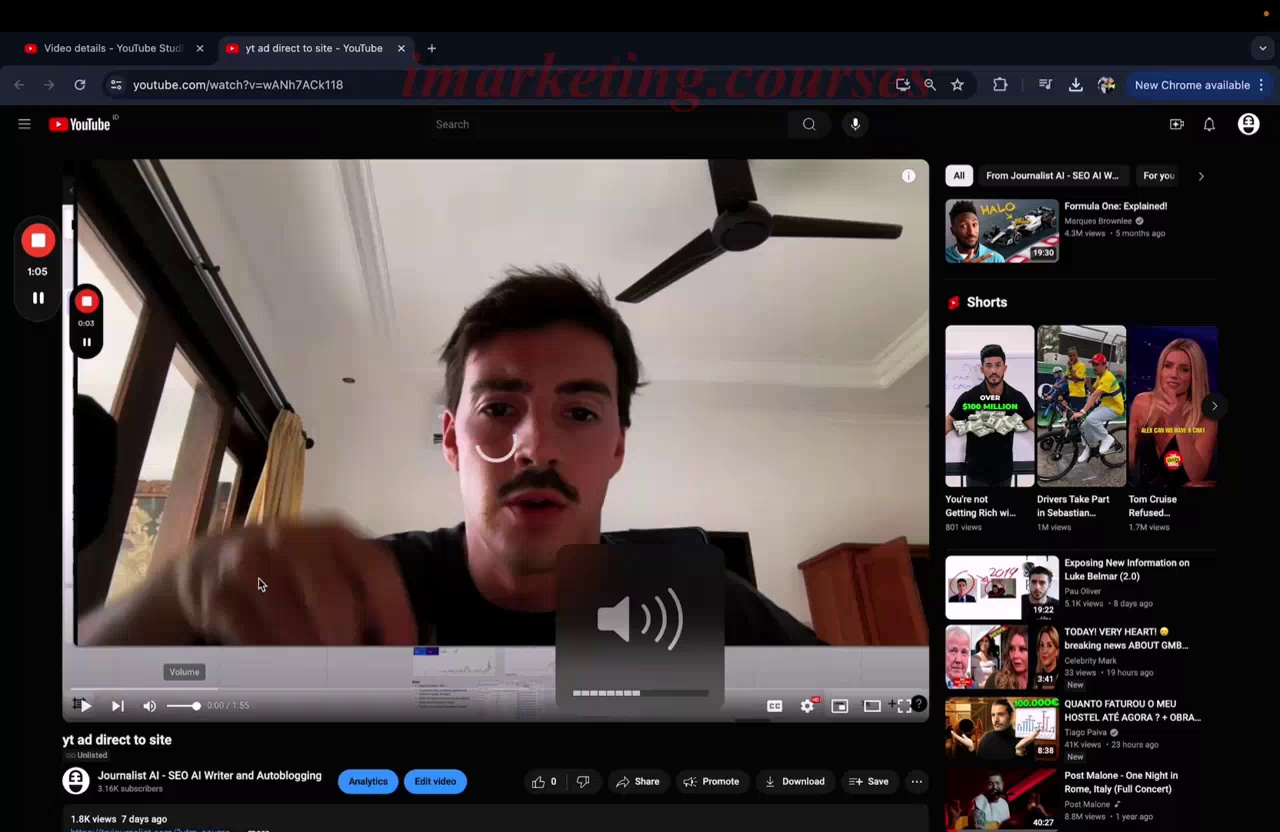

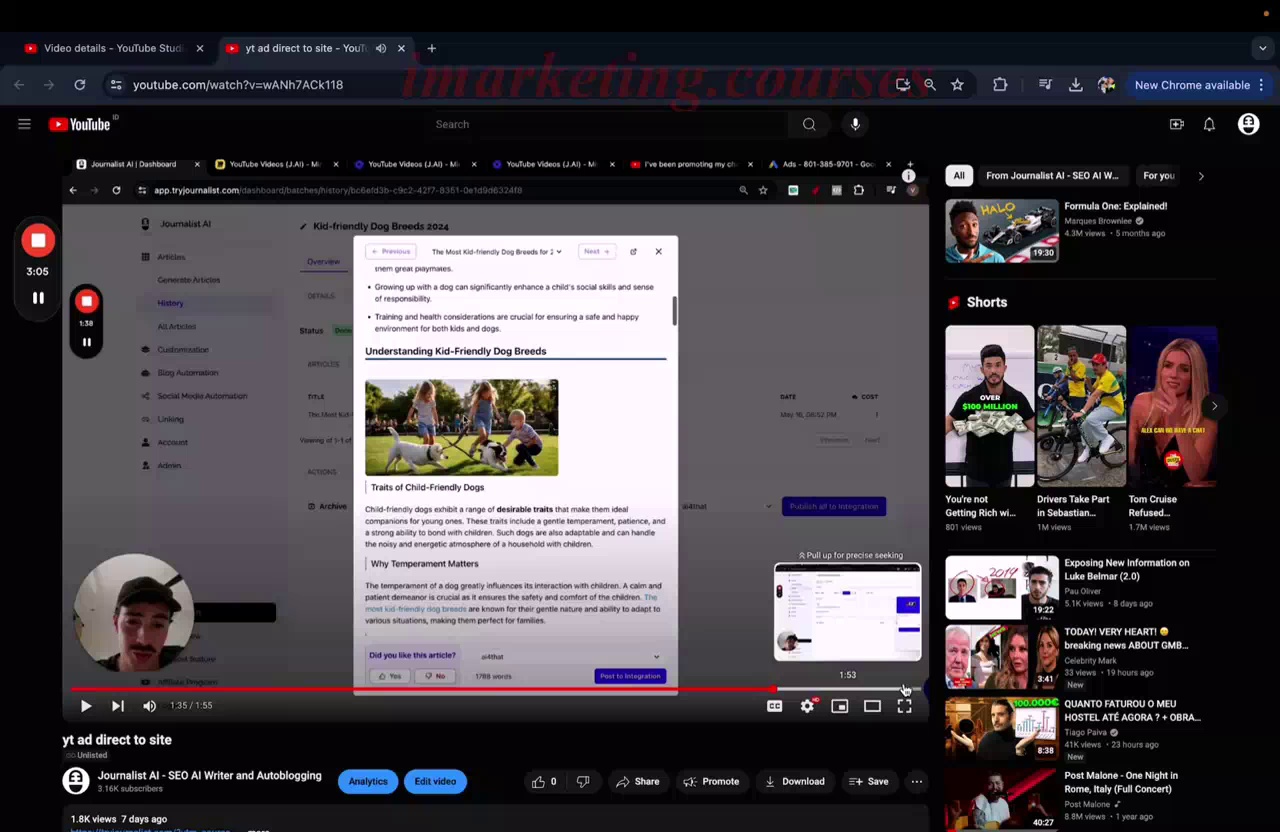

The narrator discusses using pre-roll ads on YouTube to promote a SaaS product. These are ads that play before videos. The goal is to create an ad that appeals to your target audience and compels them to click through and try your product.
The narrator shows an example 2-minute pre-roll ad his company created. In the ad, he clearly defines the target audience, shows social proof and results from real customers, demonstrates the product, and offers a coupon code. The video style is raw and personal rather than overly polished and corporate.
Key recommendations for creating effective pre-roll ads:
- Call out your ideal customer profile explicitly early on so the right people stay engaged
- Show real proof and results from customers
- Highlight benefits of your product for the target audience
- Use a personal, authentic, face-to-face video style instead of a corporate style
- Test different versions of ads and iterate based on performance
- Target your ads to people who have previously viewed your YouTube channel videos (warm audience) as that is cheaper and more effective
The narrator explains pre-roll ads are one option to test that may or may not work for every business. The key is to experiment with different ad types and creatives and track performance over time.
.12-Vasco-Saas-Marketing Paid and Hiring pt1 - Part 3
















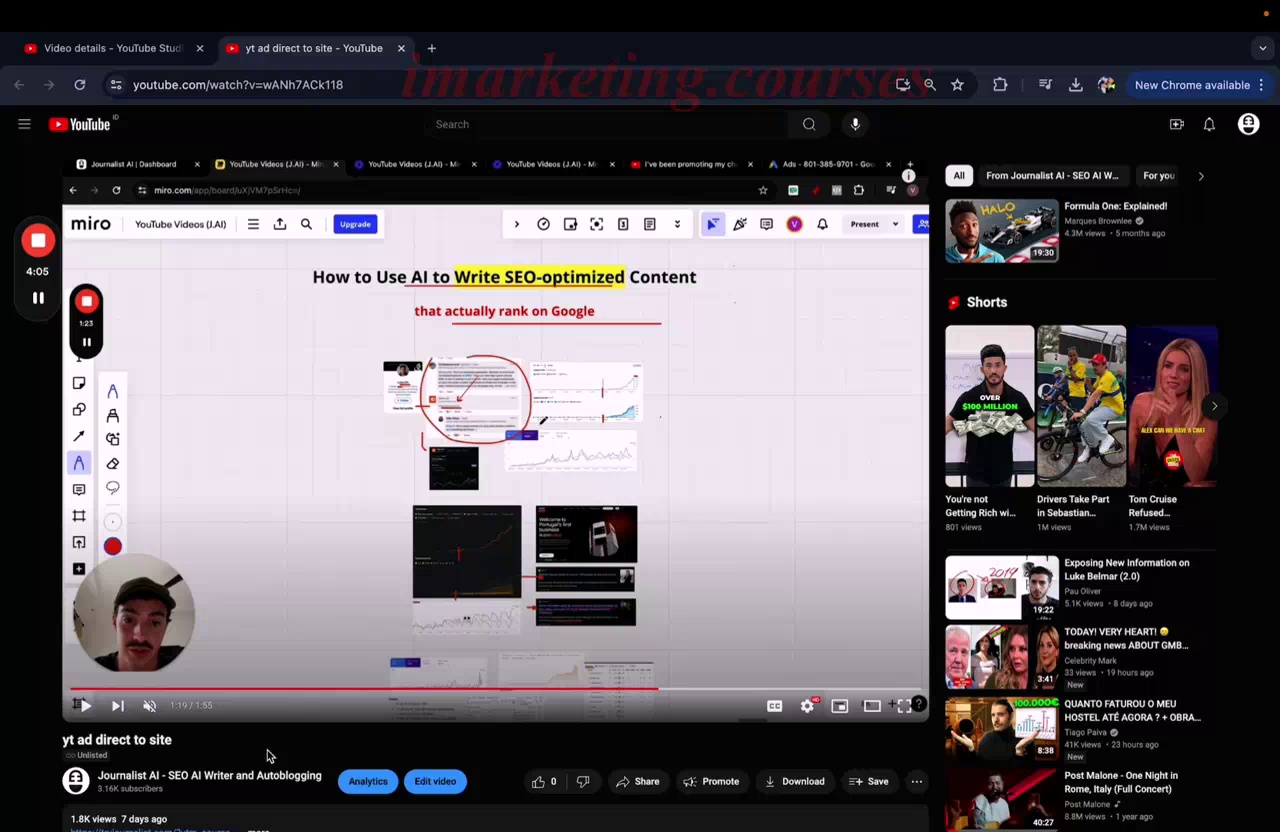
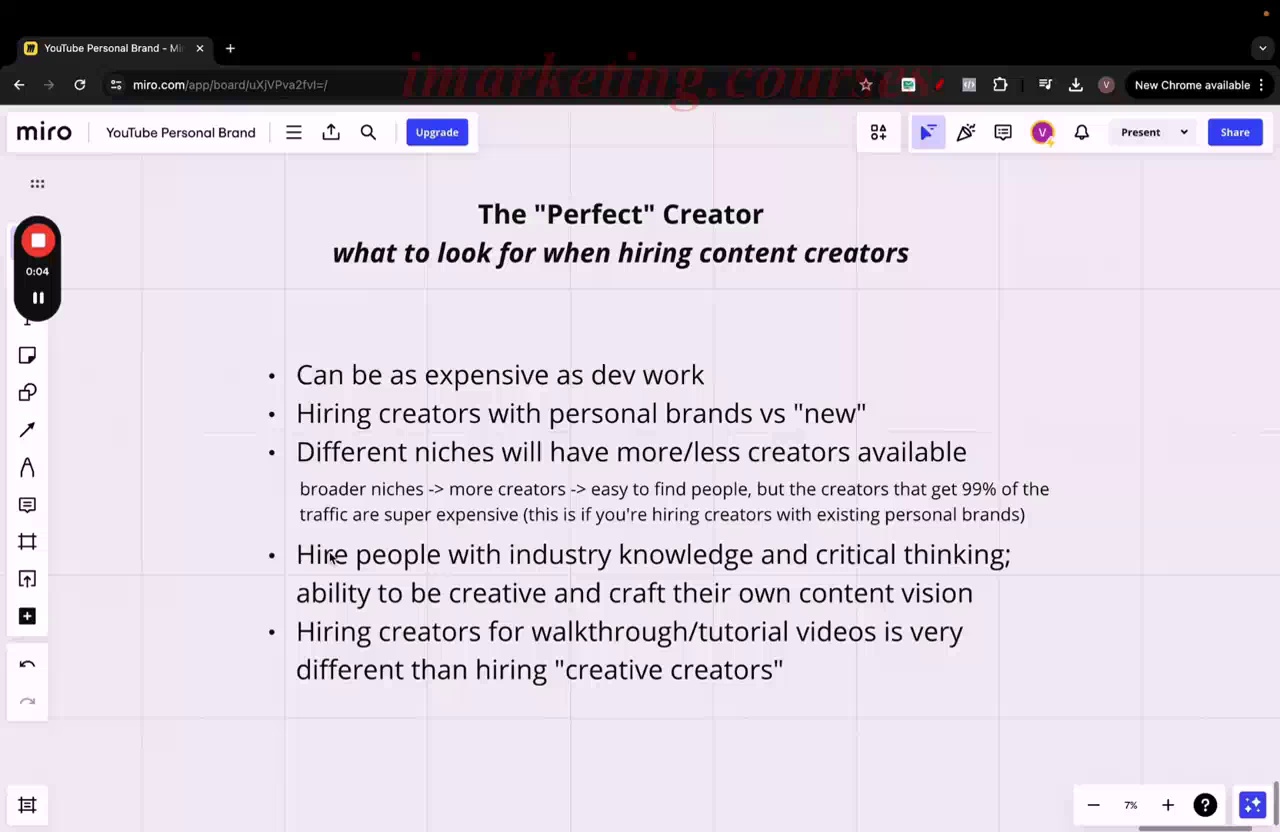

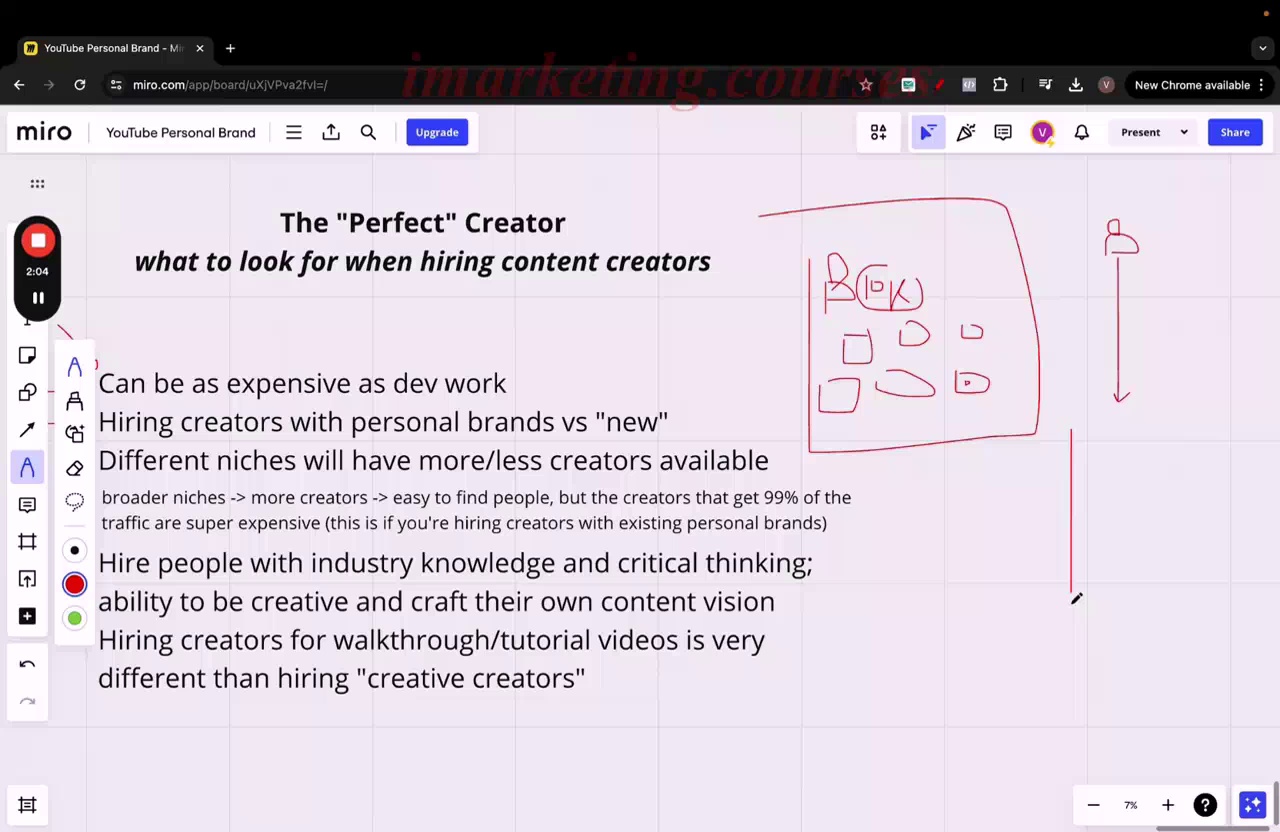
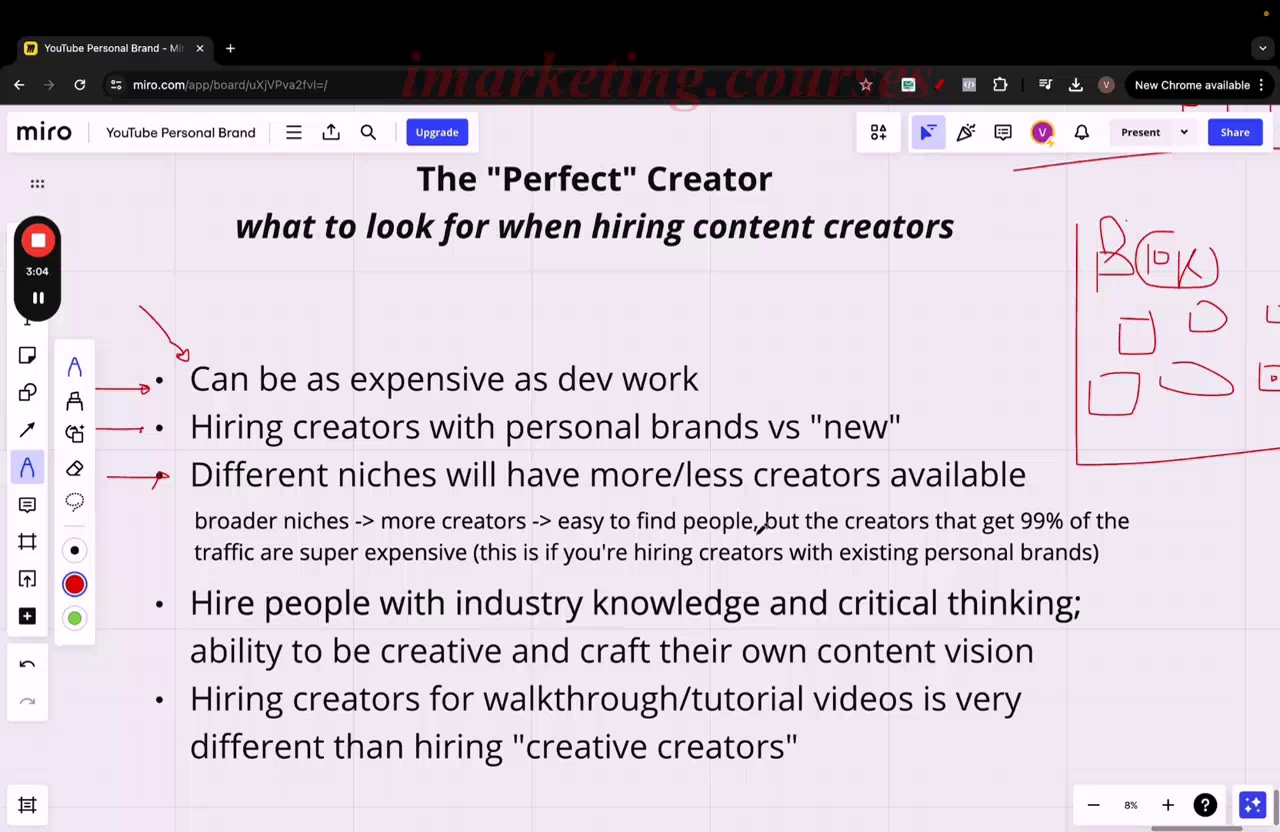
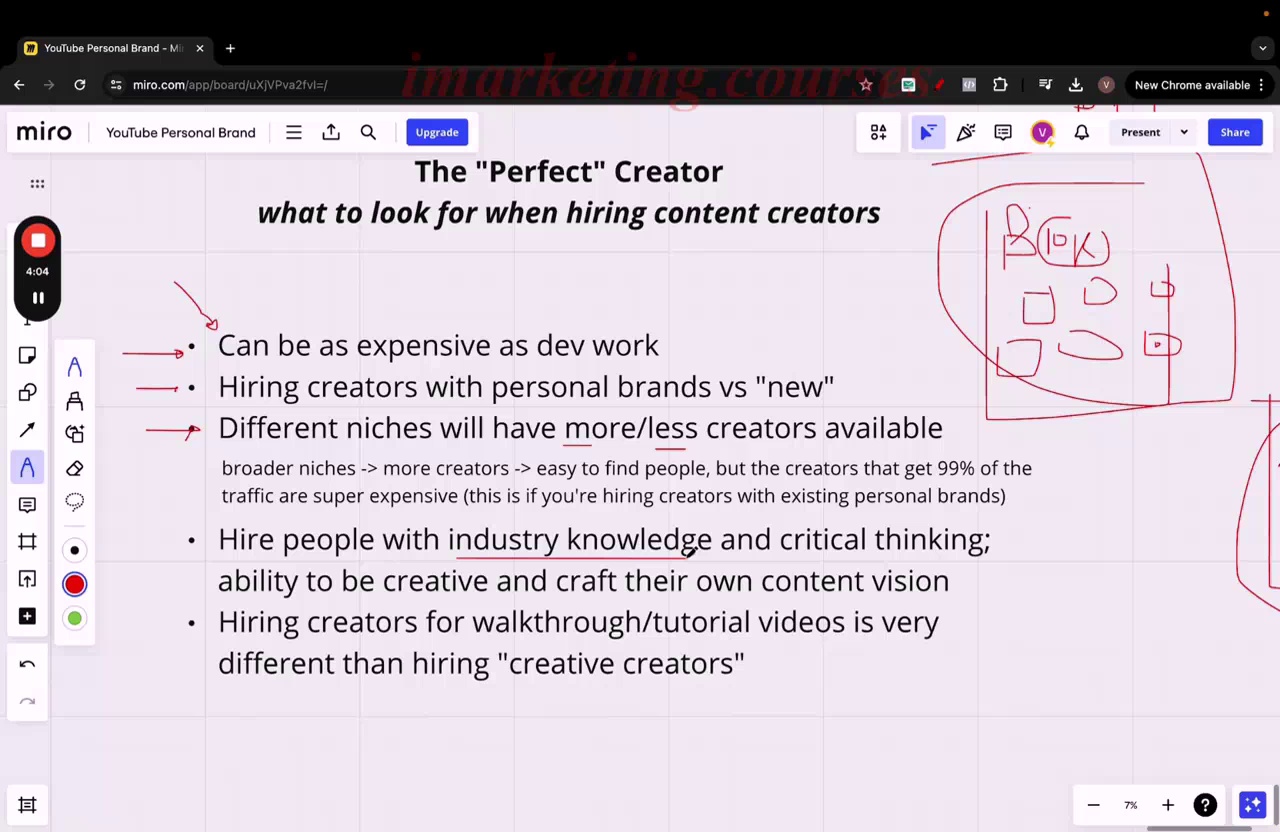
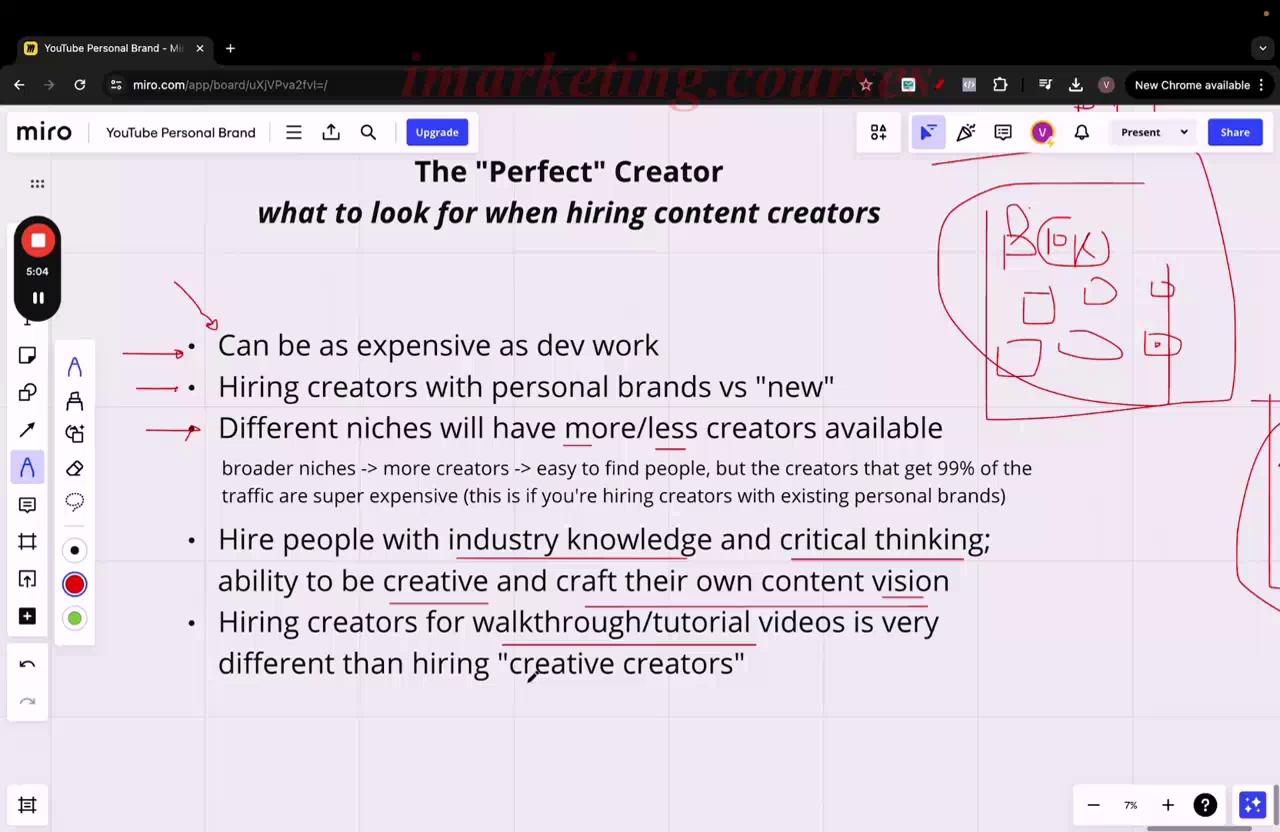
Hiring creators can be as expensive as hiring developers because attention is valuable. Creators are charging thousands for videos because they know their worth. As more people realize the ROI of hiring creators, prices will increase.
Hiring an existing creator with an audience is more expensive than hiring someone new because the existing audience leads to more views and higher conversion rates. Both work, but have different costs.
In bigger niches with more creator supply, the top creators tend to be more expensive. In smaller niches with less supply, rates tend to be cheaper because there is less demand.
Hire creators who understand your product and niche. Give them creative freedom and look for critical thinking skills to craft engaging content.
There is a difference between hiring for tutorial videos versus hiring creative creators. Tutorials are simple and cheap. Creative creators are expensive but have bigger ROI potential through unique engaging content.
The money is not in the act of recording, but in the creative process beforehand of crafting concepts and ideas. This creativity demands higher pay.
.12-Vasco-Saas-Marketing Paid and Hiring pt1 - Part 4























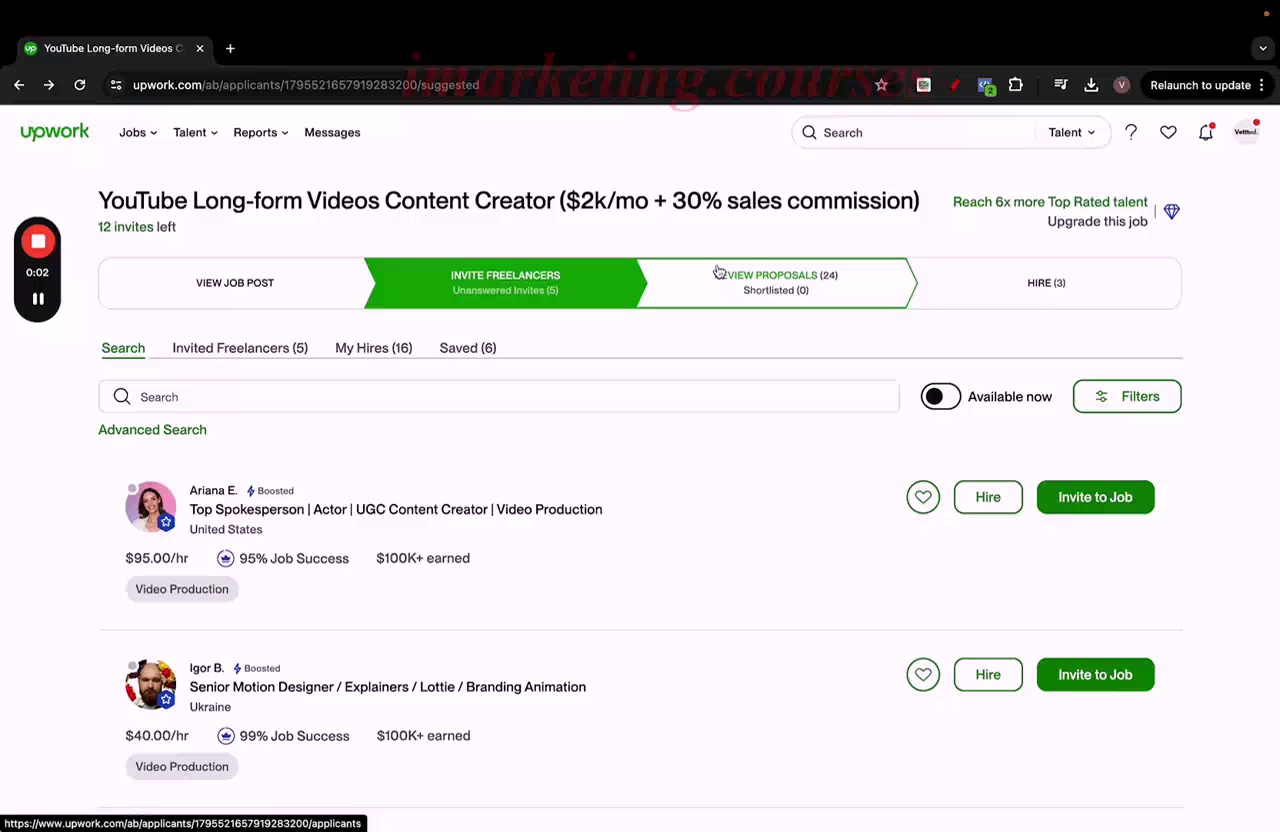
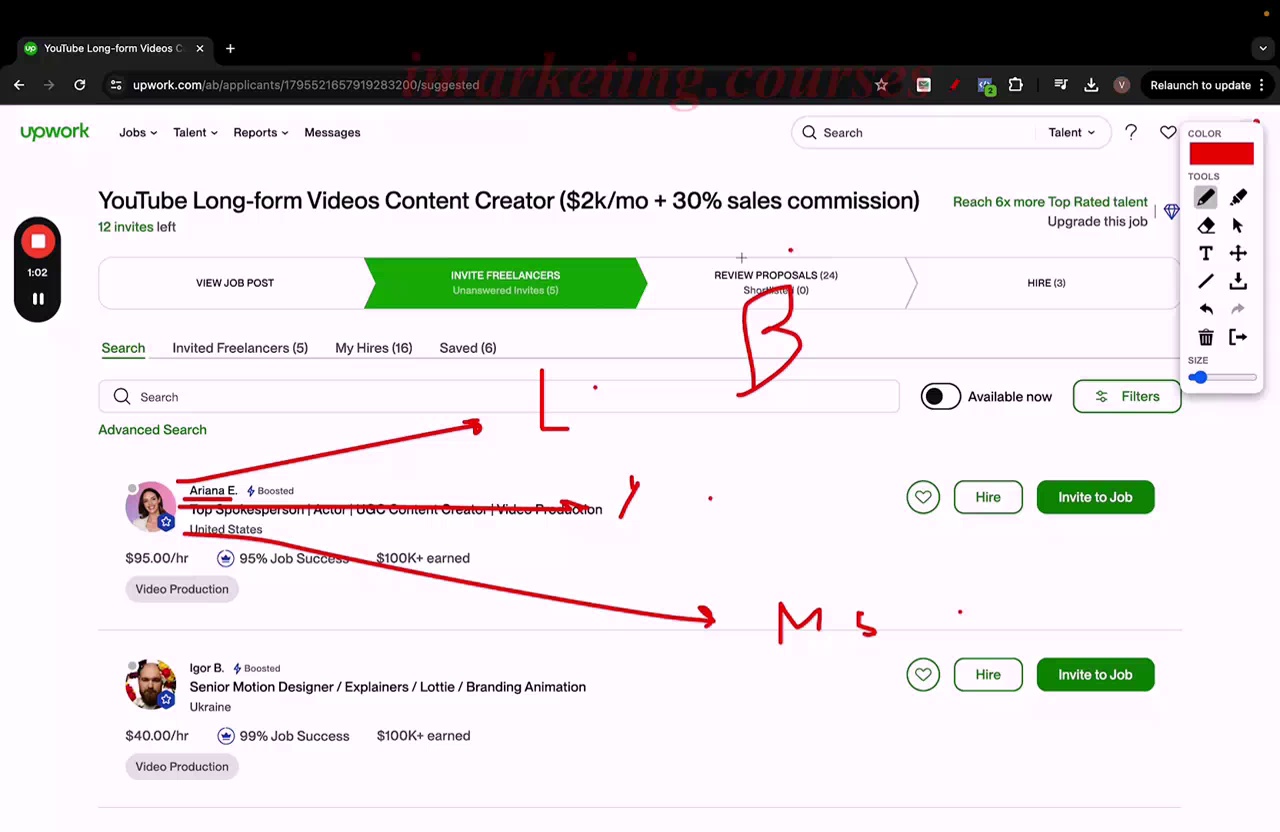
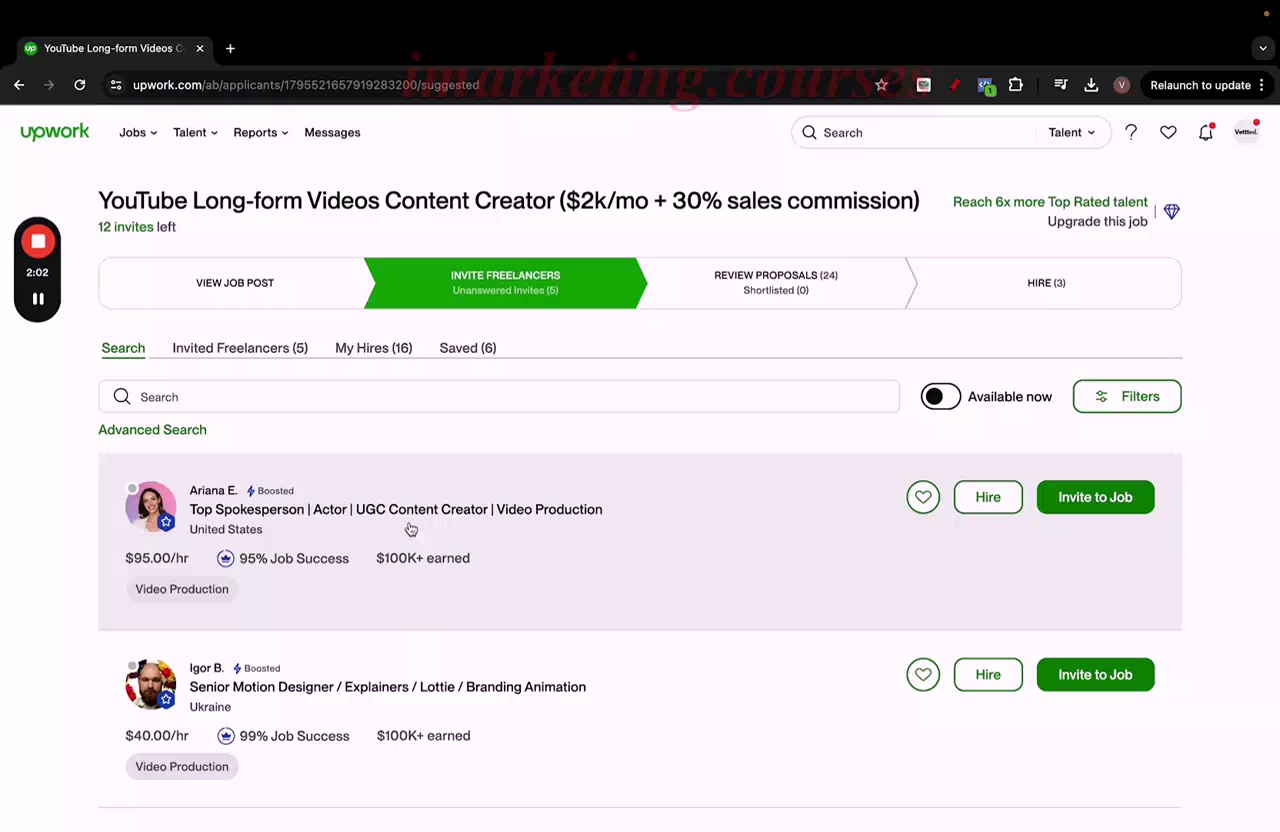
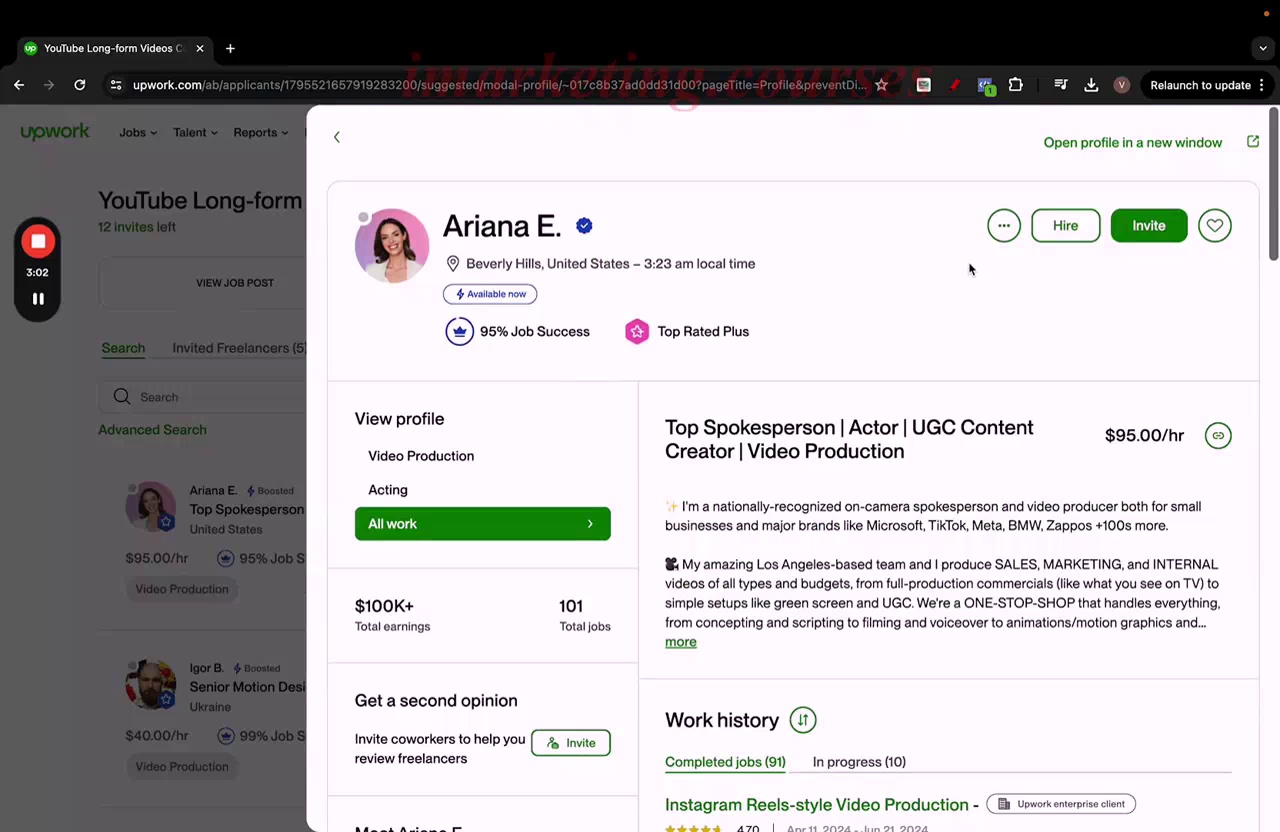
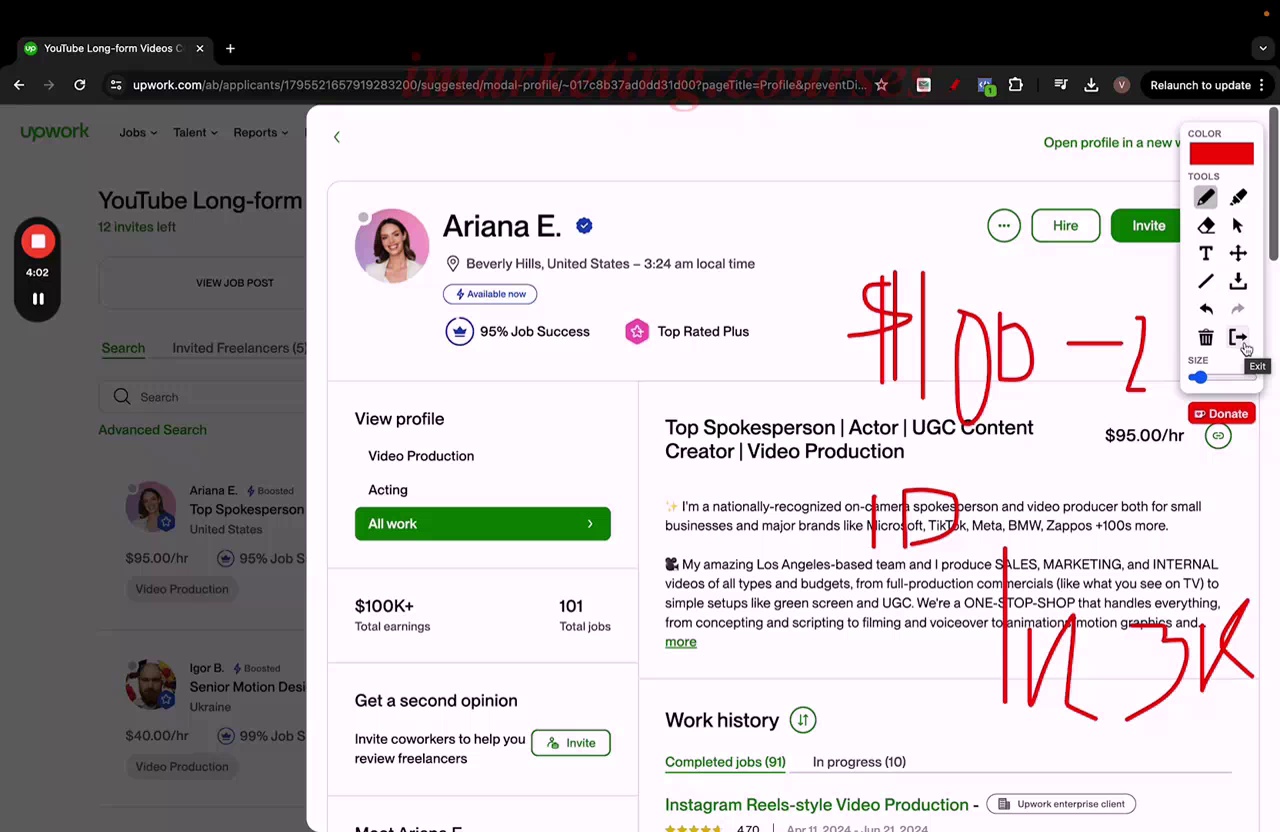
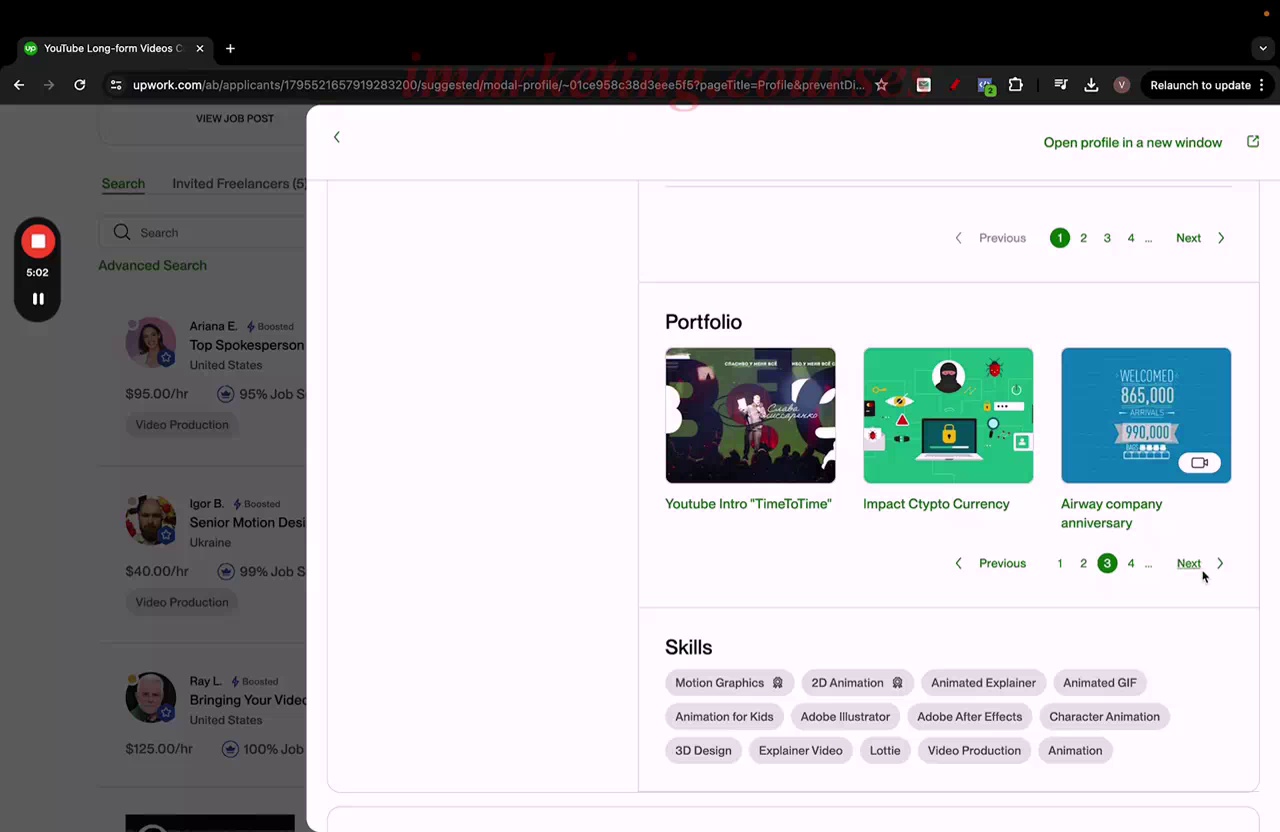
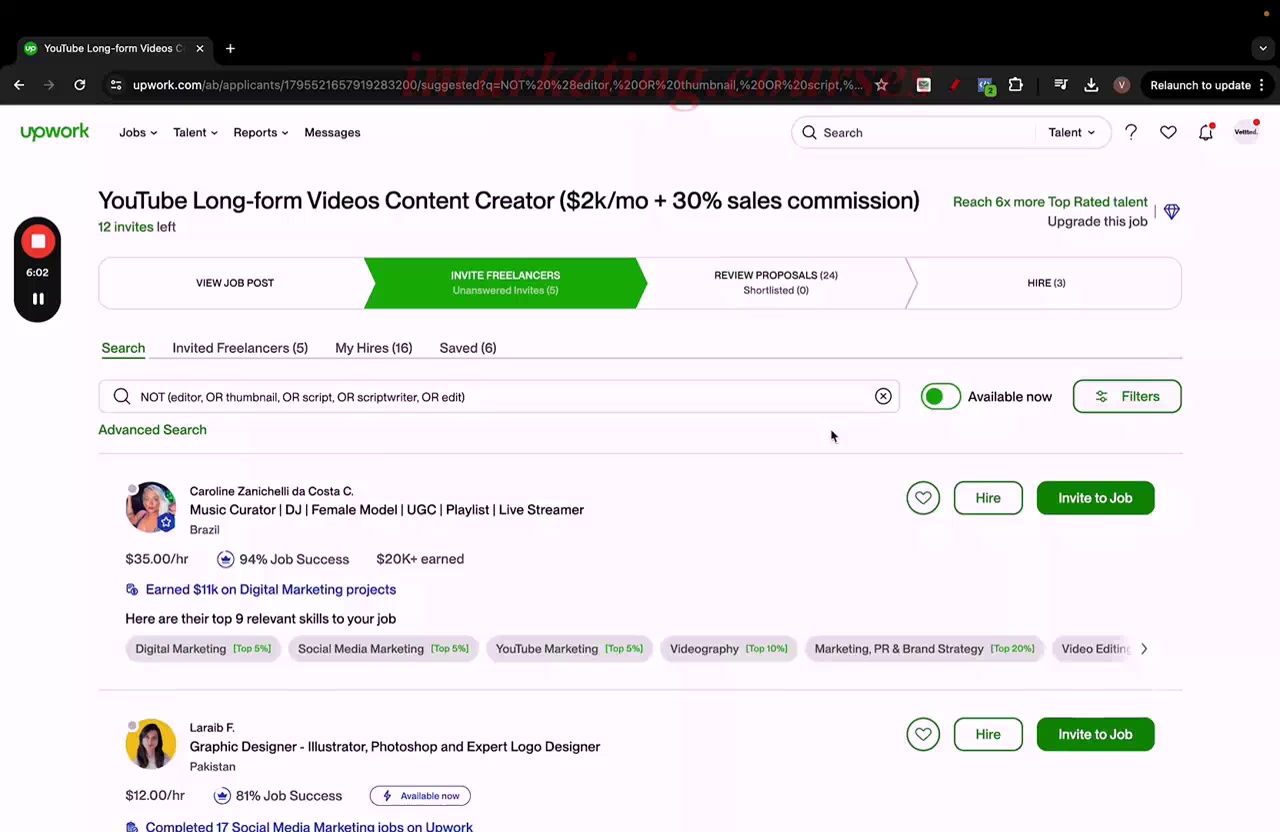
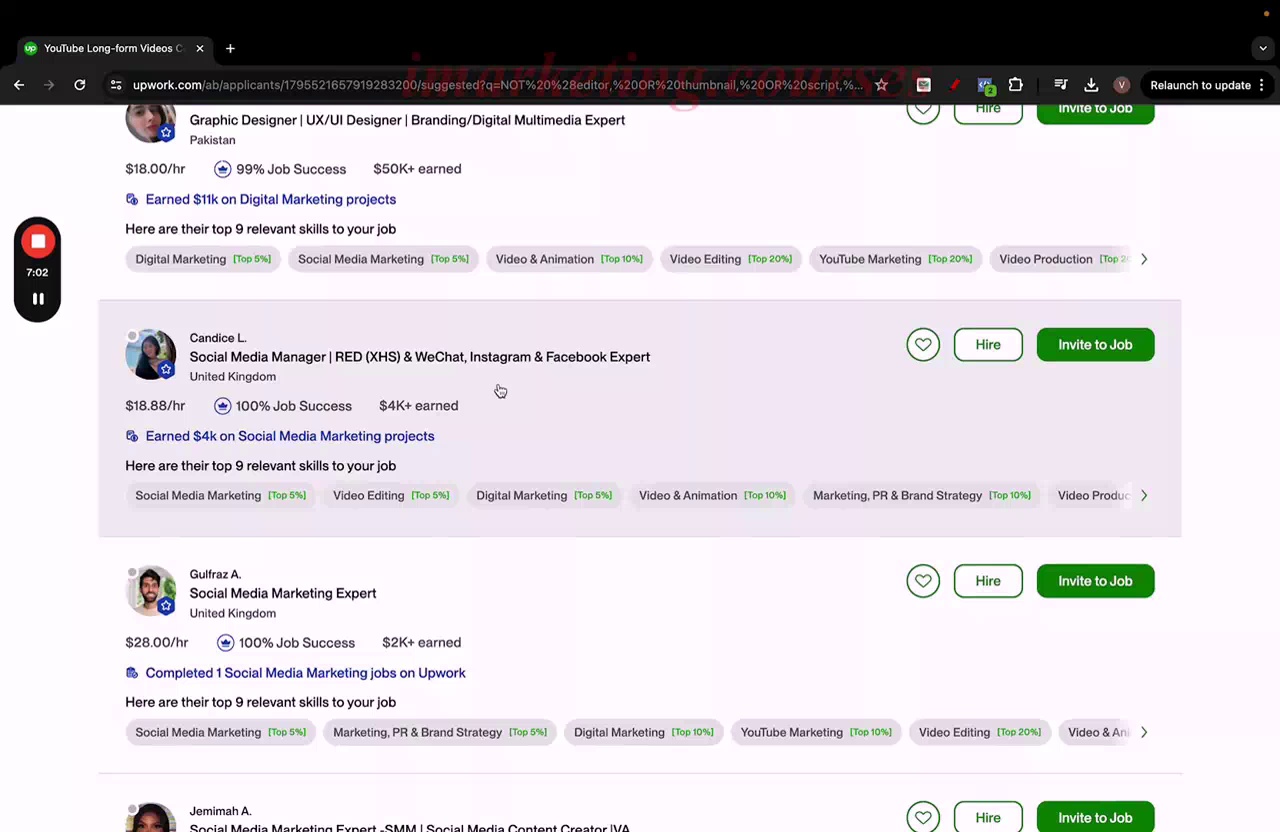

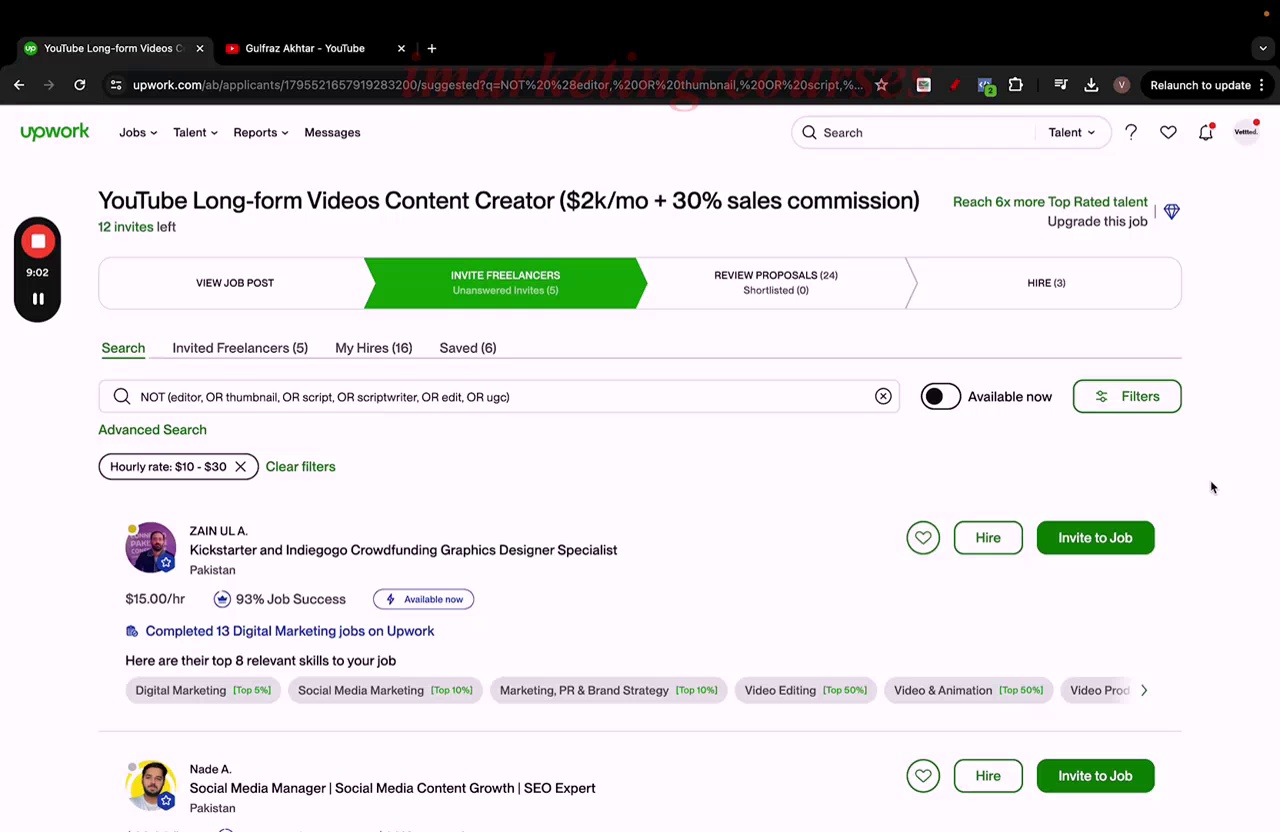
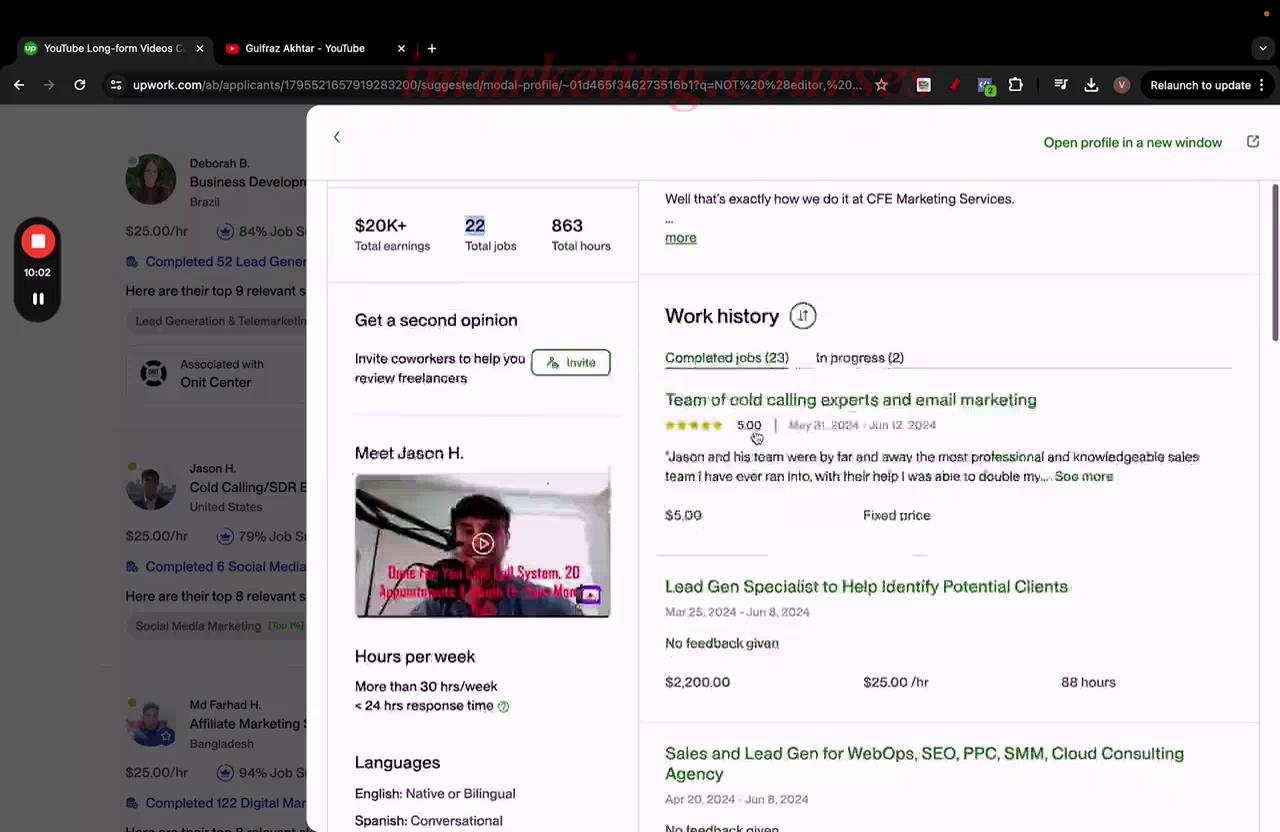
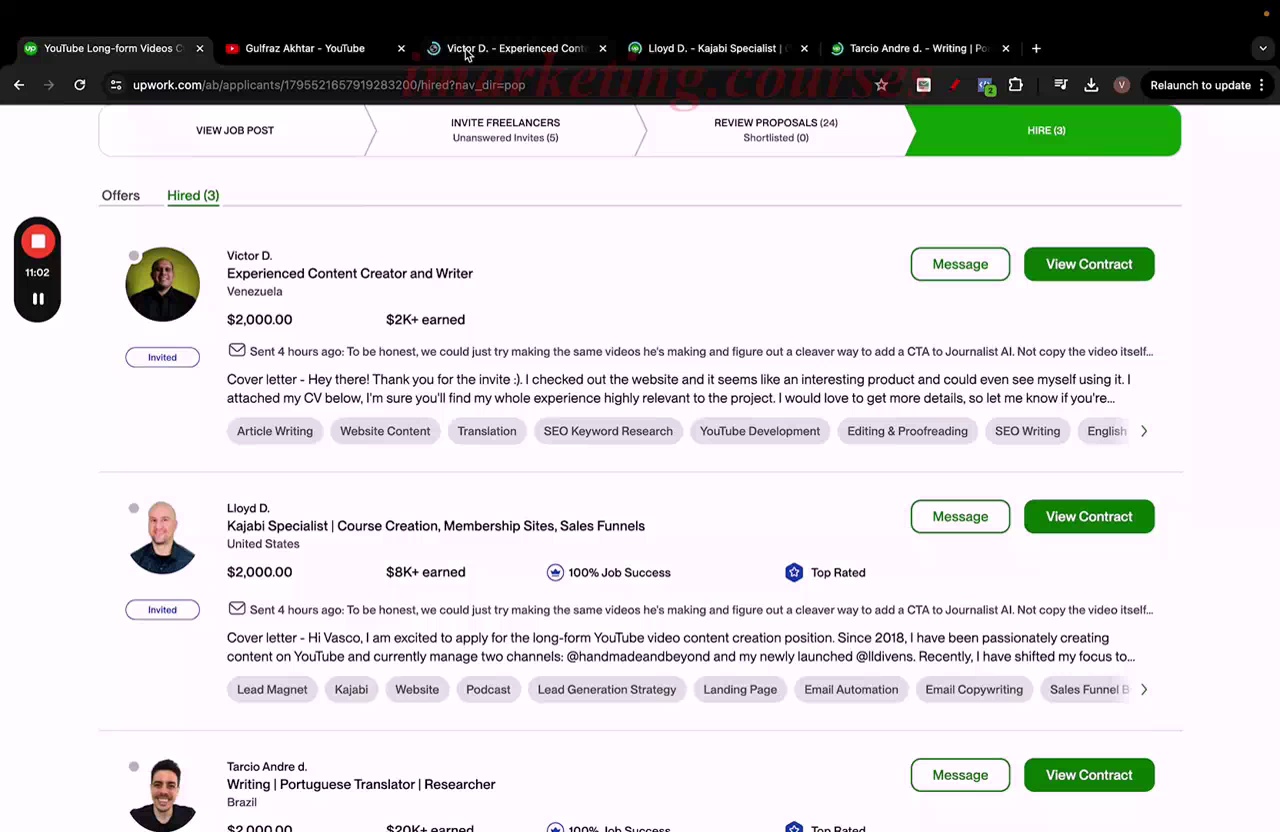
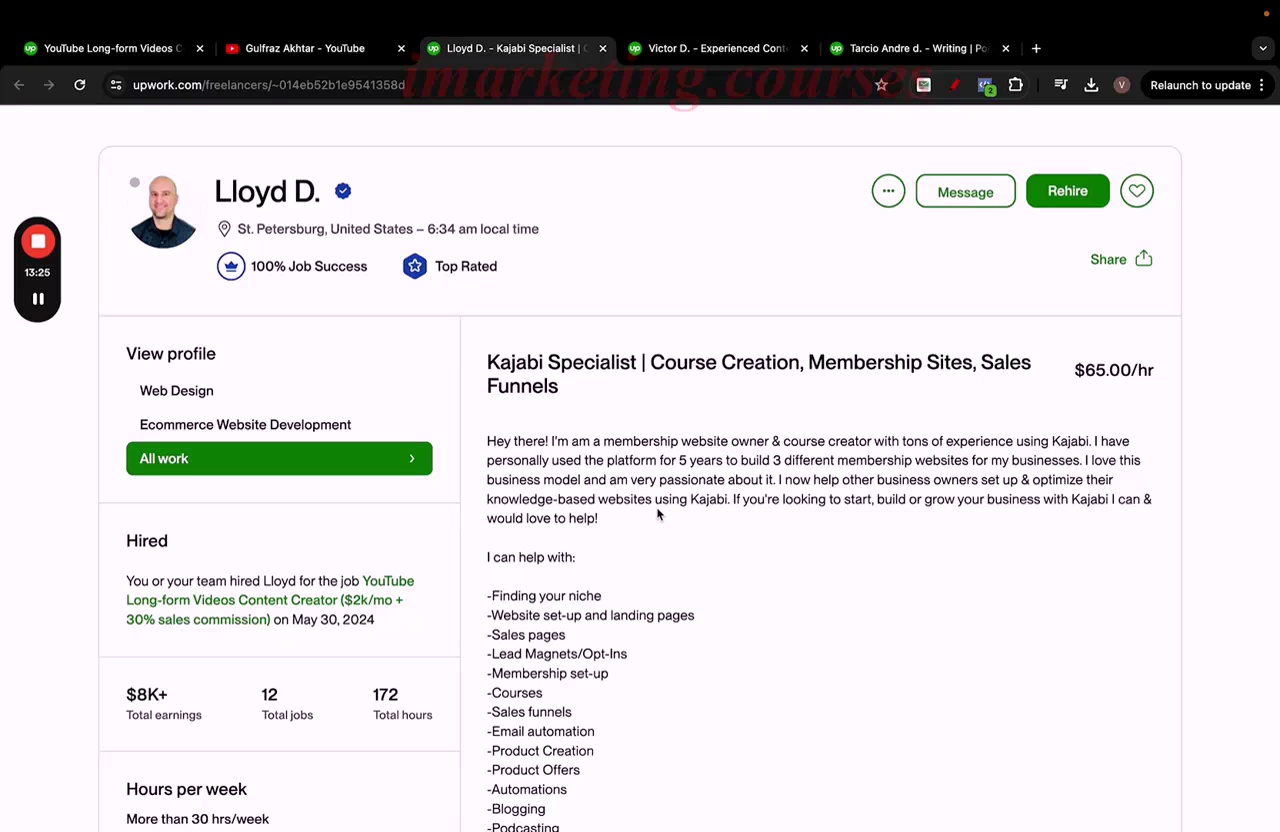
The narrator explains the process he uses to find content creators on Upwork to produce dedicated, long-form video content for his brand. He wants to hire someone focused solely on his brand, not working for multiple brands or doing mainly short-form content.
He searches Upwork using filters to exclude editors, thumbnail creators, script writers, and creators who focus on short-form content. He looks for those who seem comfortable on camera and have existing video content, especially long-form. They should also understand the industry so they can create relevant content.
It's hard to find creators specifically doing long-form YouTube videos, so he tries to identify people he can convince with pay and commissions. Social media managers often have the needed skills. He found a good candidate already producing long-form content with an engaging style. Another does marketing content so understands the industry.
He hired Lloyd, who is top-rated on Upwork, passionate about marketing, and has some YouTube channels. Victor makes high quality video content. Tarsio is a copywriter focused on SEO who he convinced to work on video content. Paying well and offering commissions helps convince creators. He asks viewers not to hire the same people he detailed in the video.
.12-Vasco-Saas-Marketing Paid and Hiring pt1 - Part 5































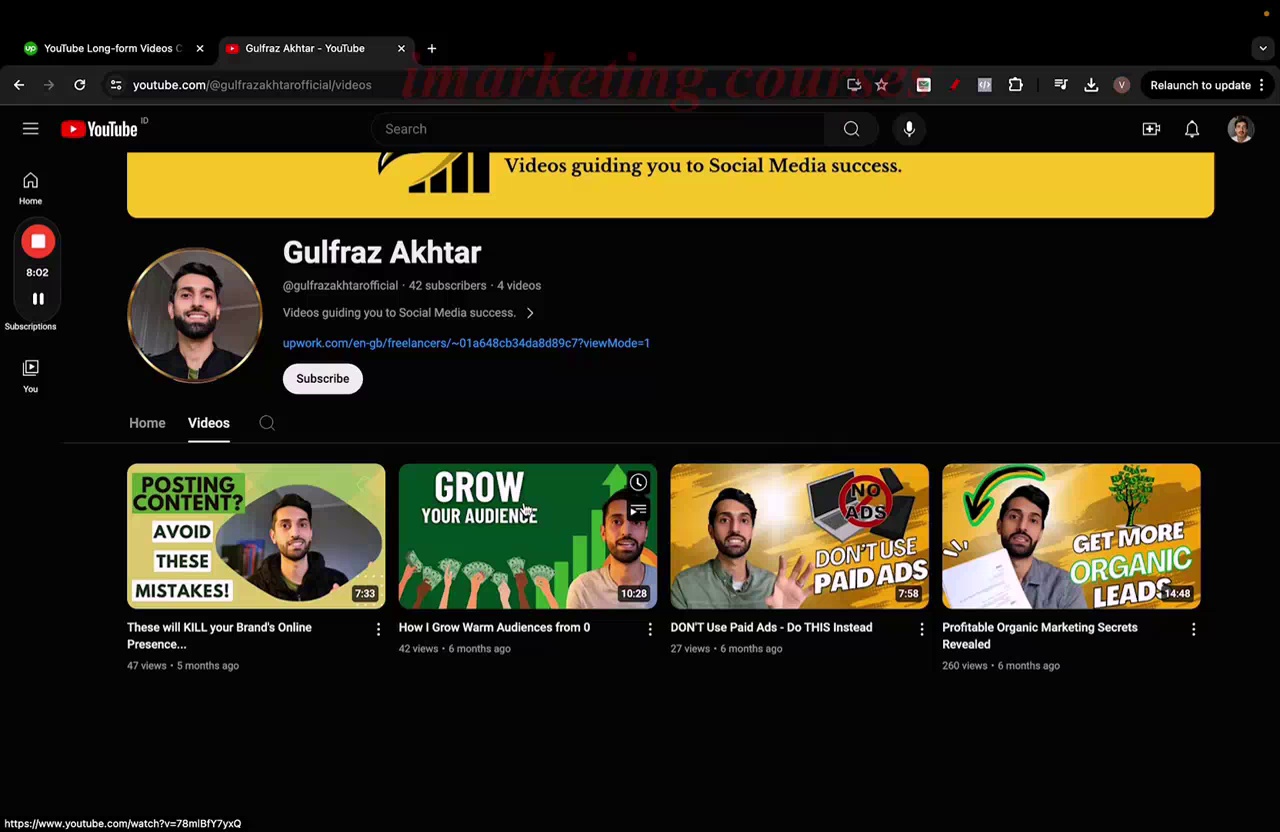




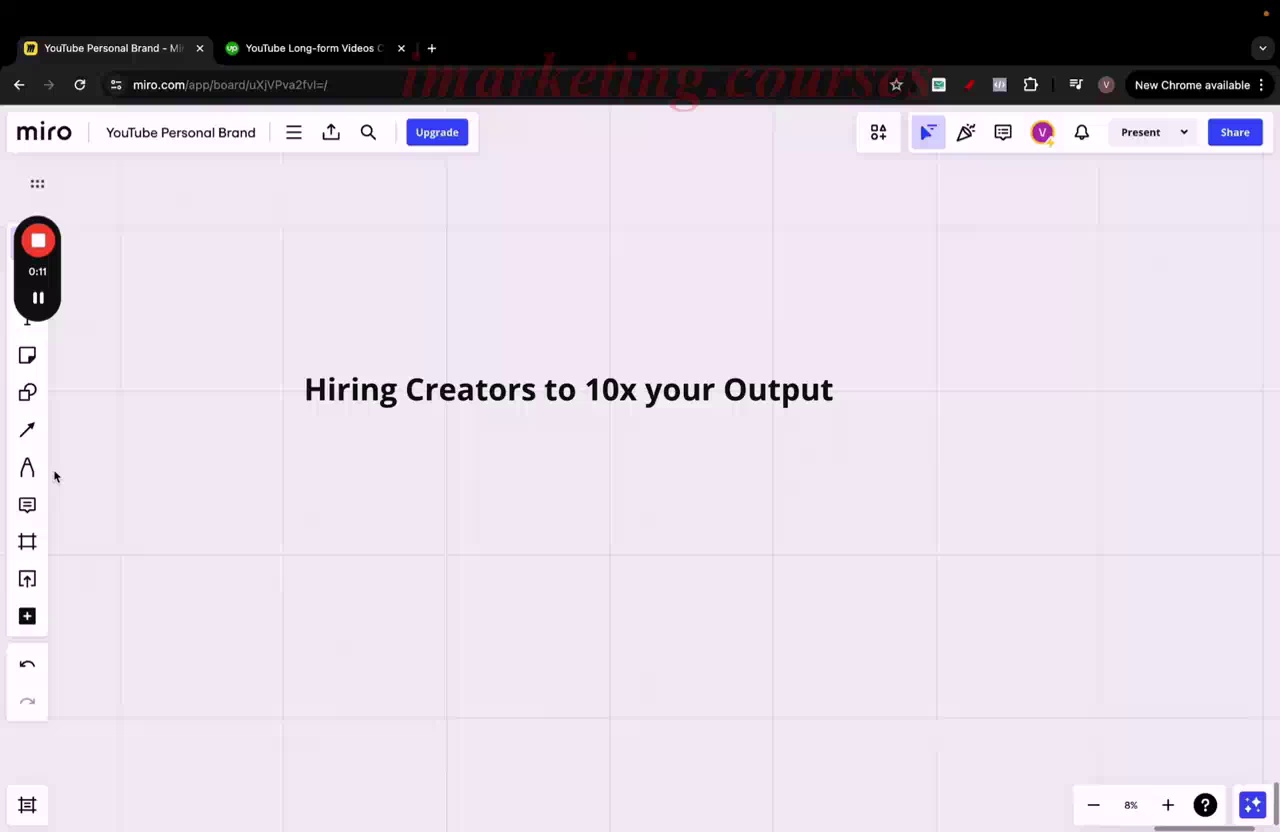
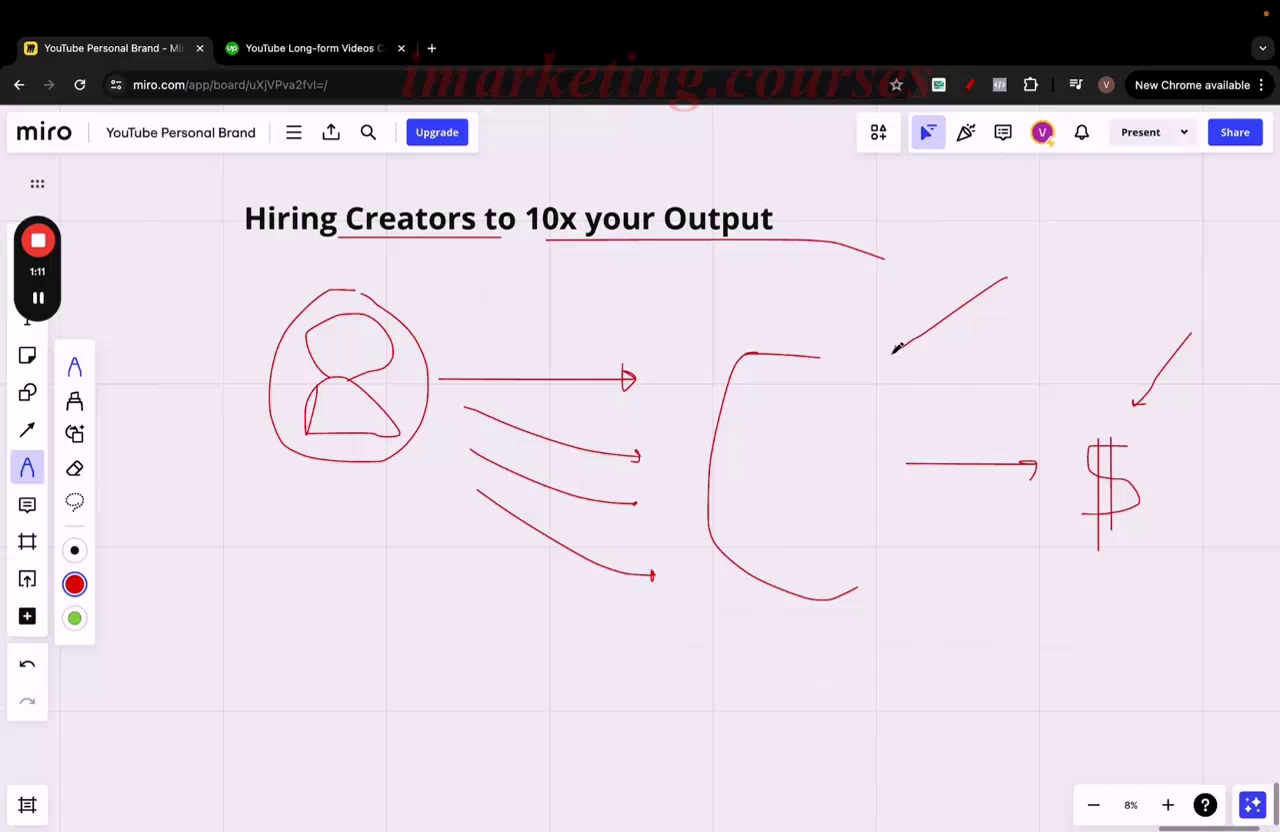
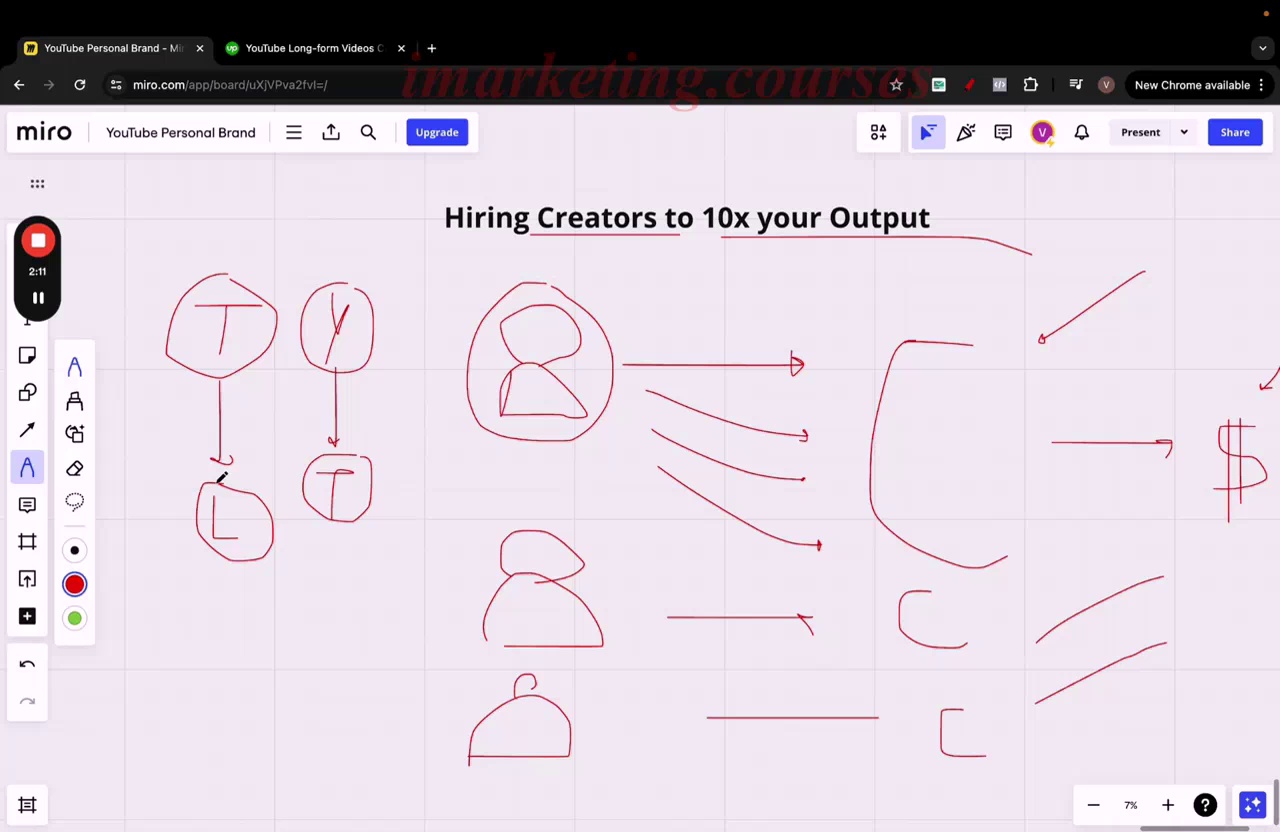
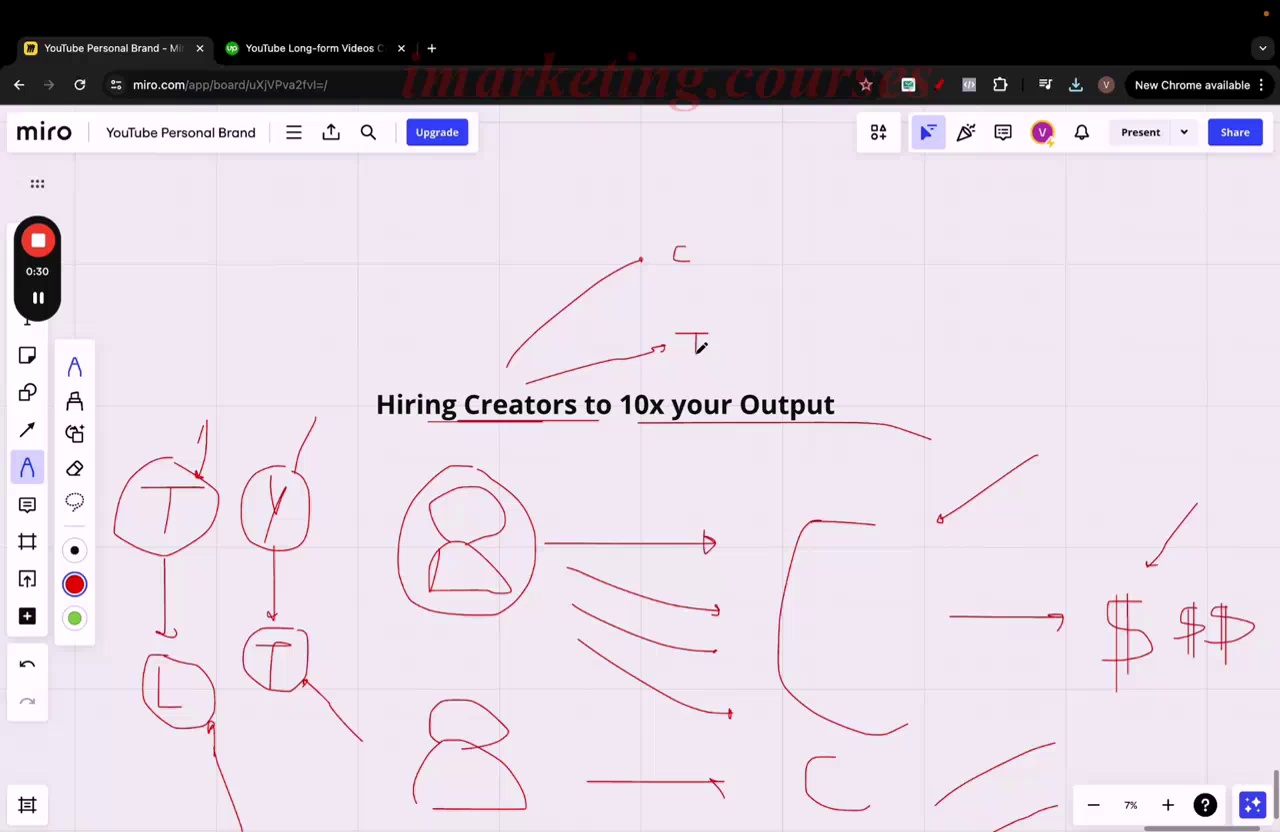
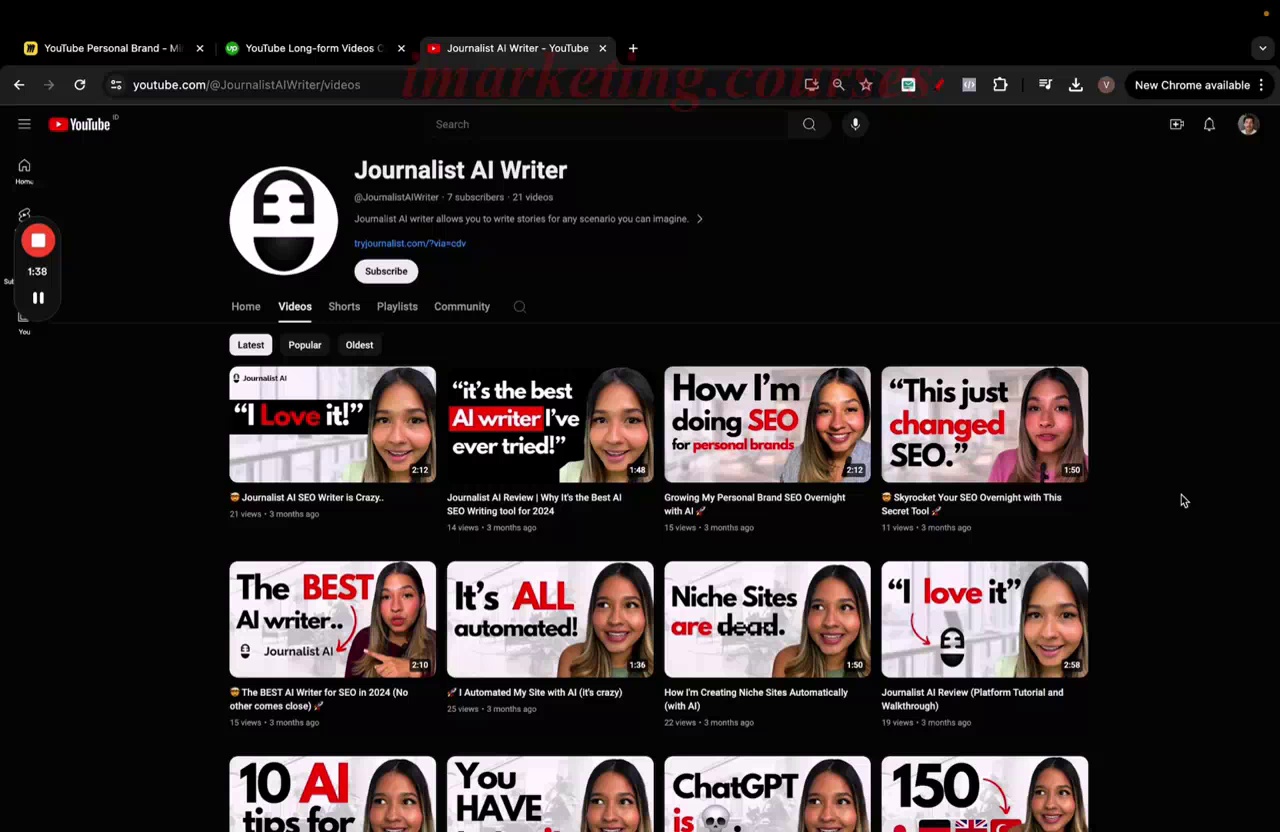
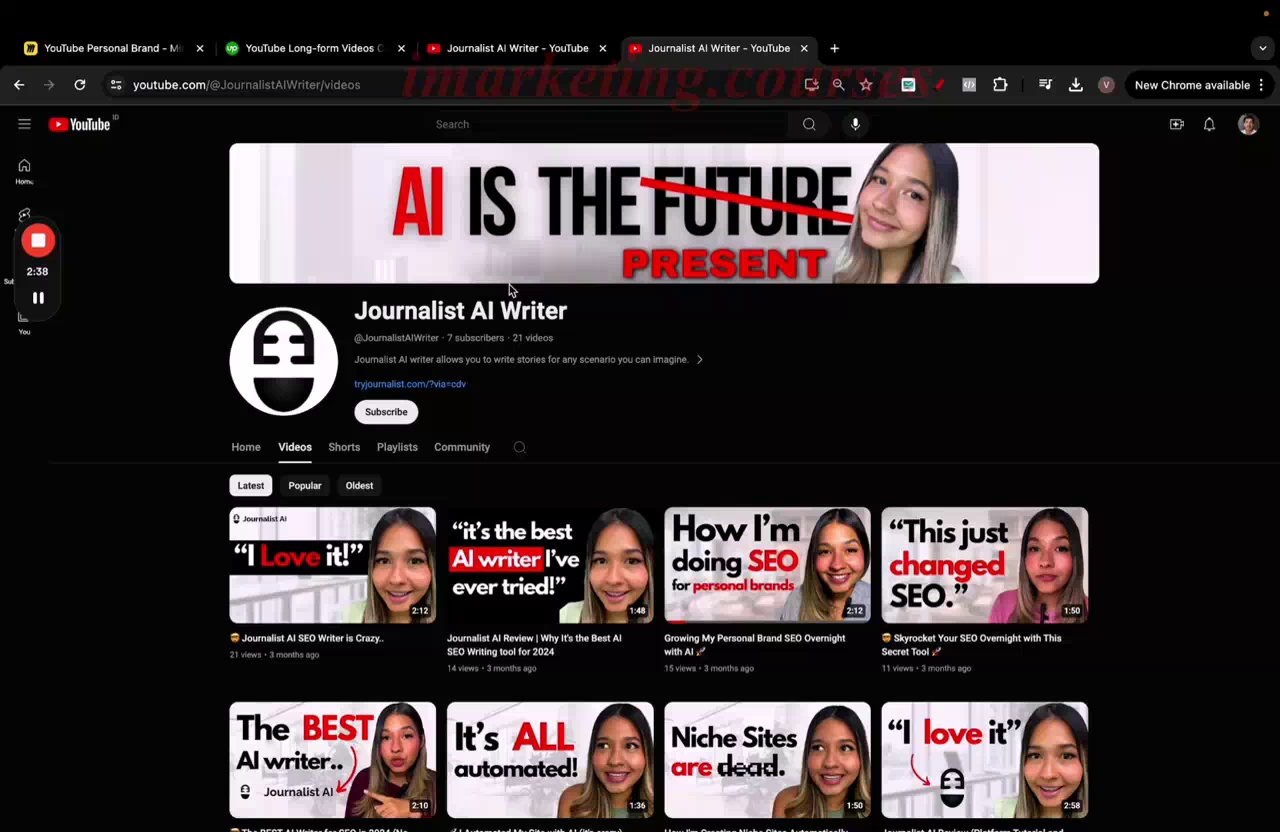
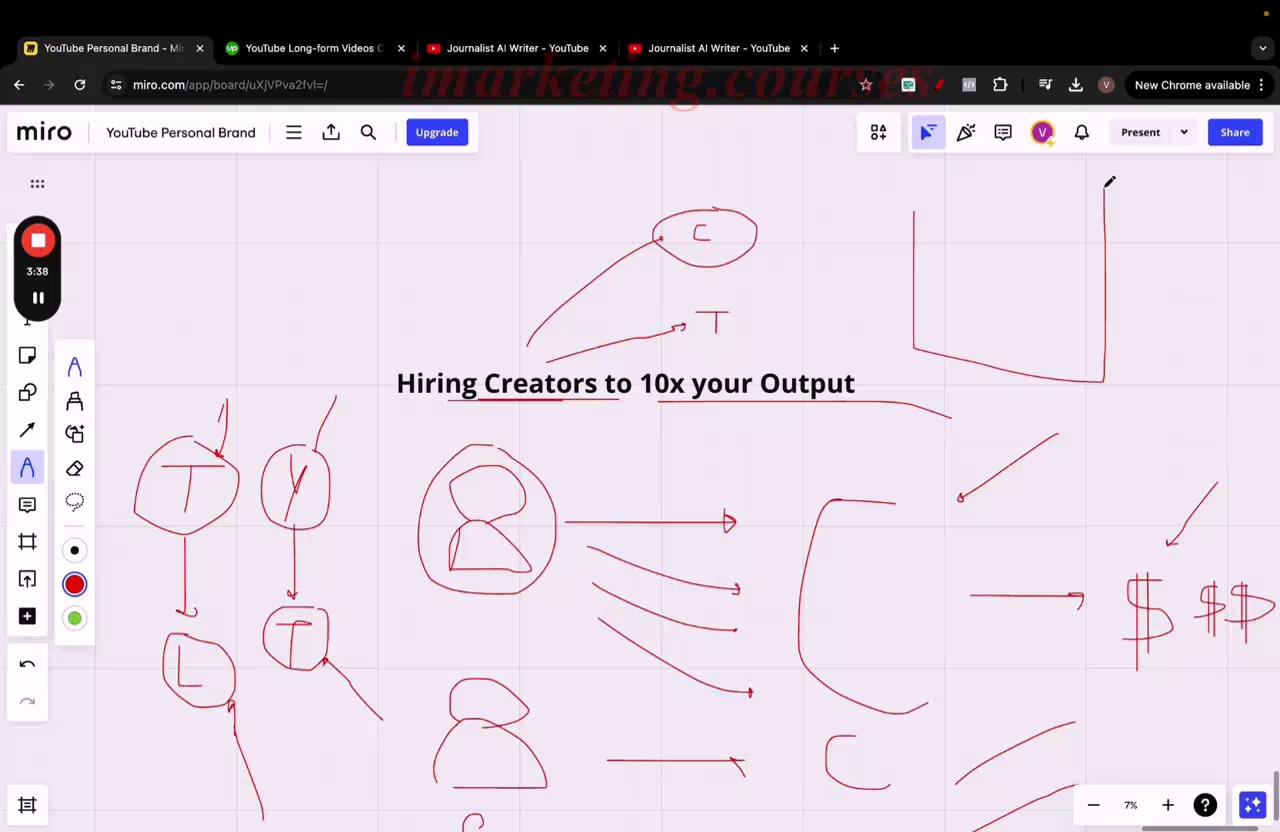
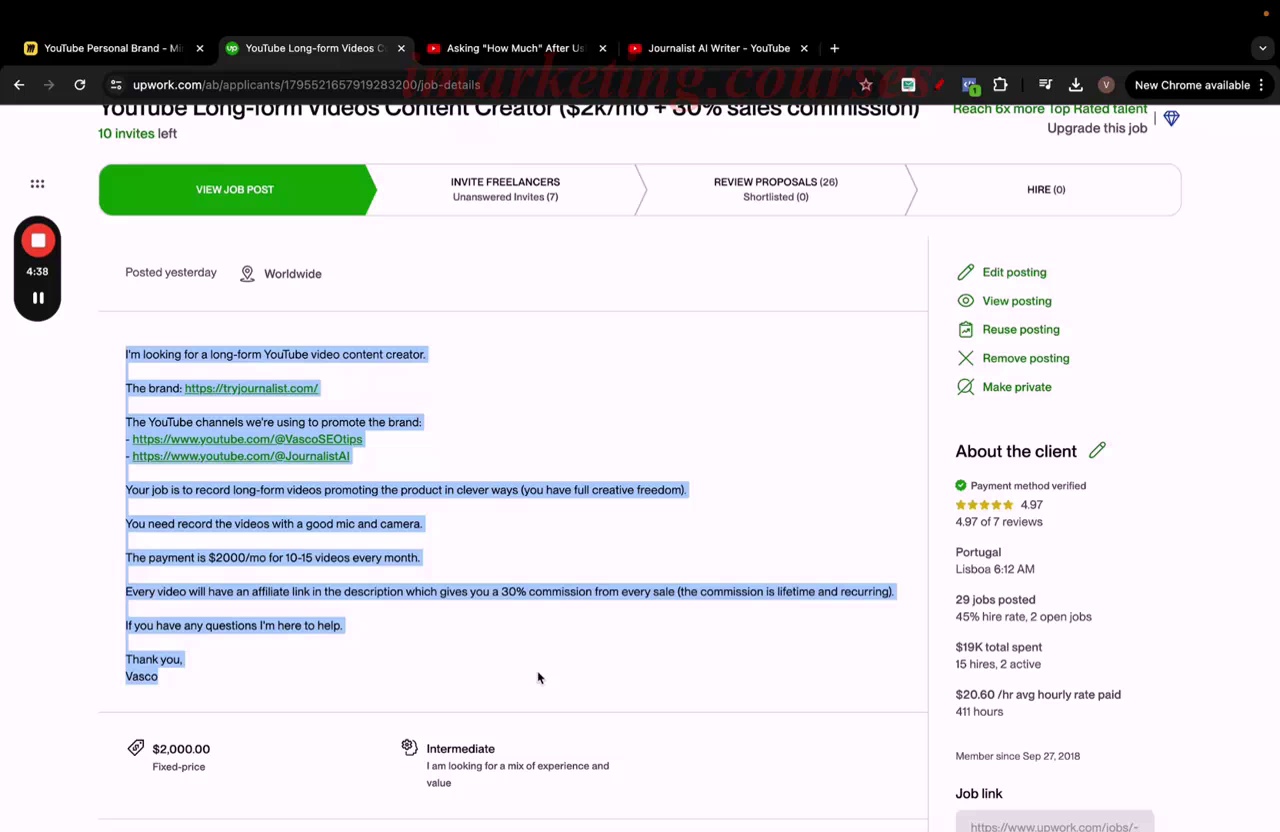
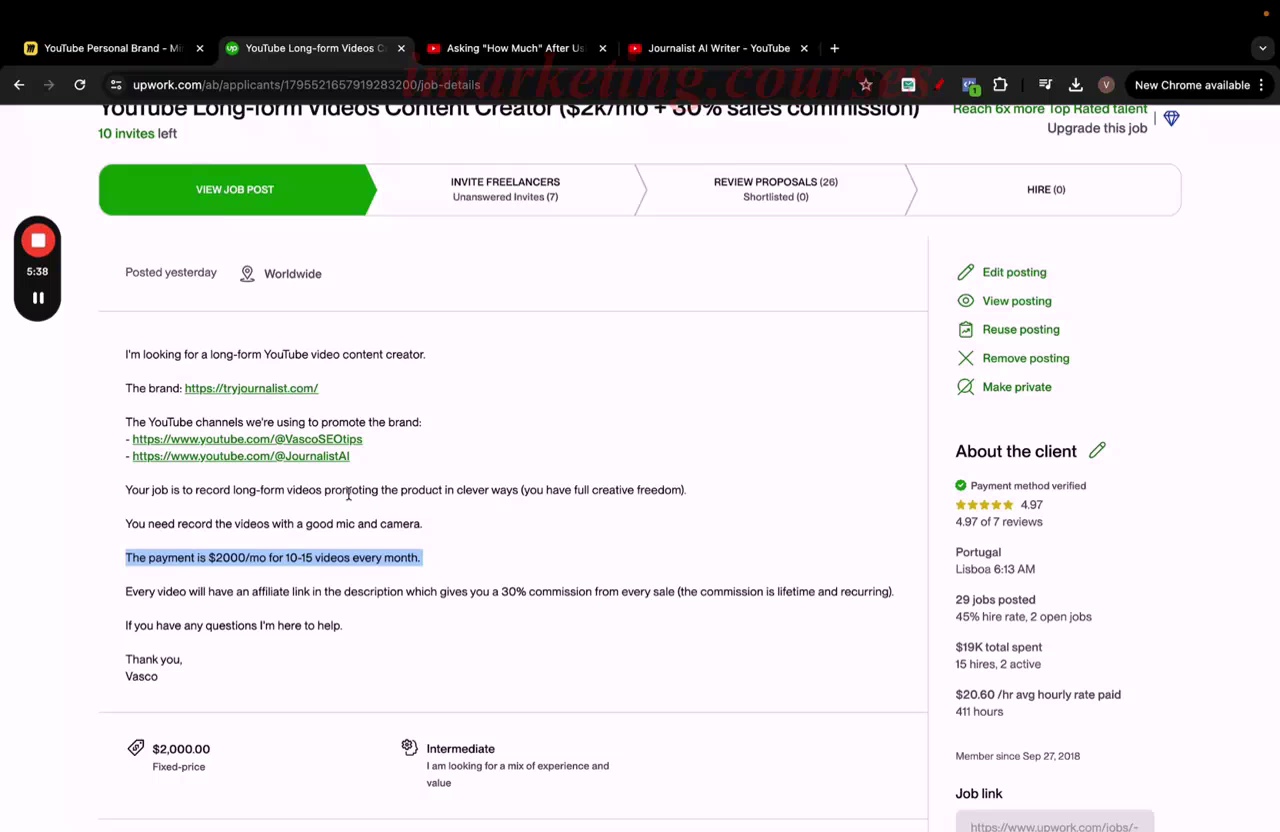
The narrator explains that hiring creators can increase content output and revenue. More content drives more sales. Currently, the narrator can only produce a limited amount of content alone.
Each platform requires tailored content. The narrator hires creators specialized for each platform. Good creators understand the product and platform.
There are two types of creators: 1) Creative creators that provide ideas and vision. 2) Non-creative "tutorial" creators that simply follow instructions. Creative creators have more impact but cost more.
The narrator posts detailed job descriptions on Upwork to find creators. Key points include emphasizing long-form creative videos, offering full creative freedom, and noting a rate of $2,000 for 15 videos as a starting point. Quality creators are expensive.
The goal is having multiple creators producing content across multiple branded YouTube channels. Content output and views drive revenue. Managing relationships with creators is also crucial.
.